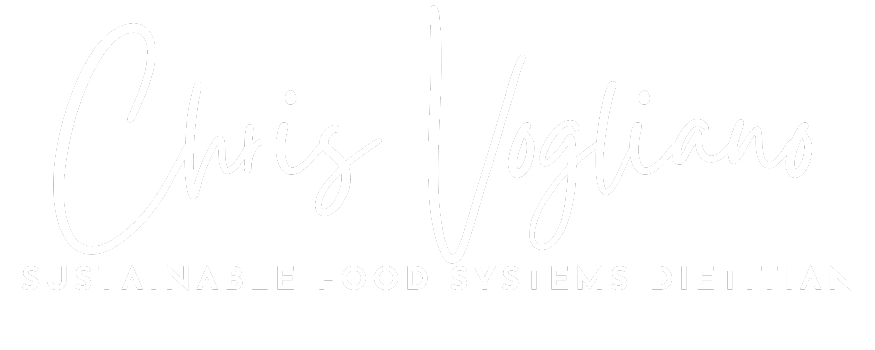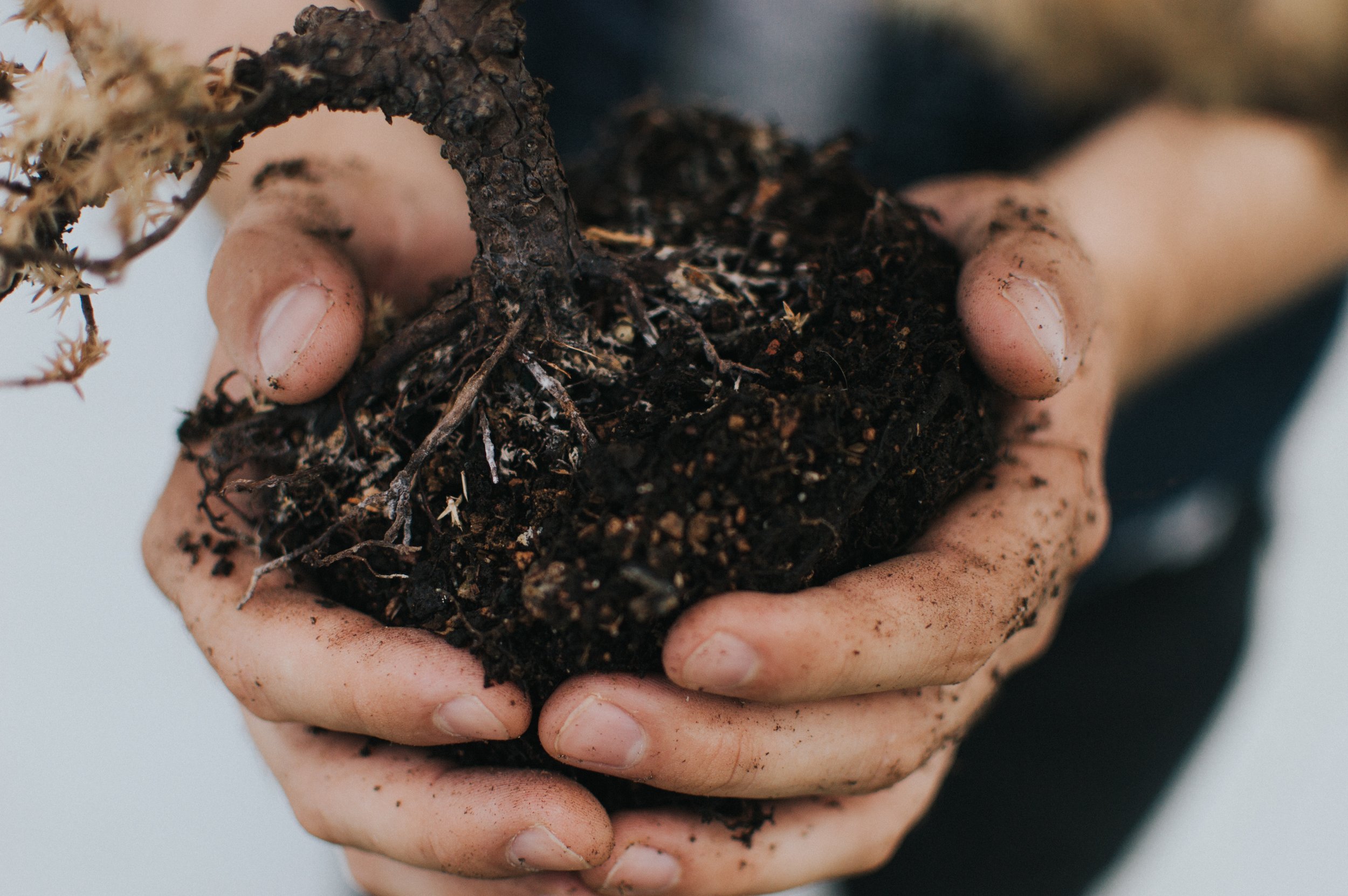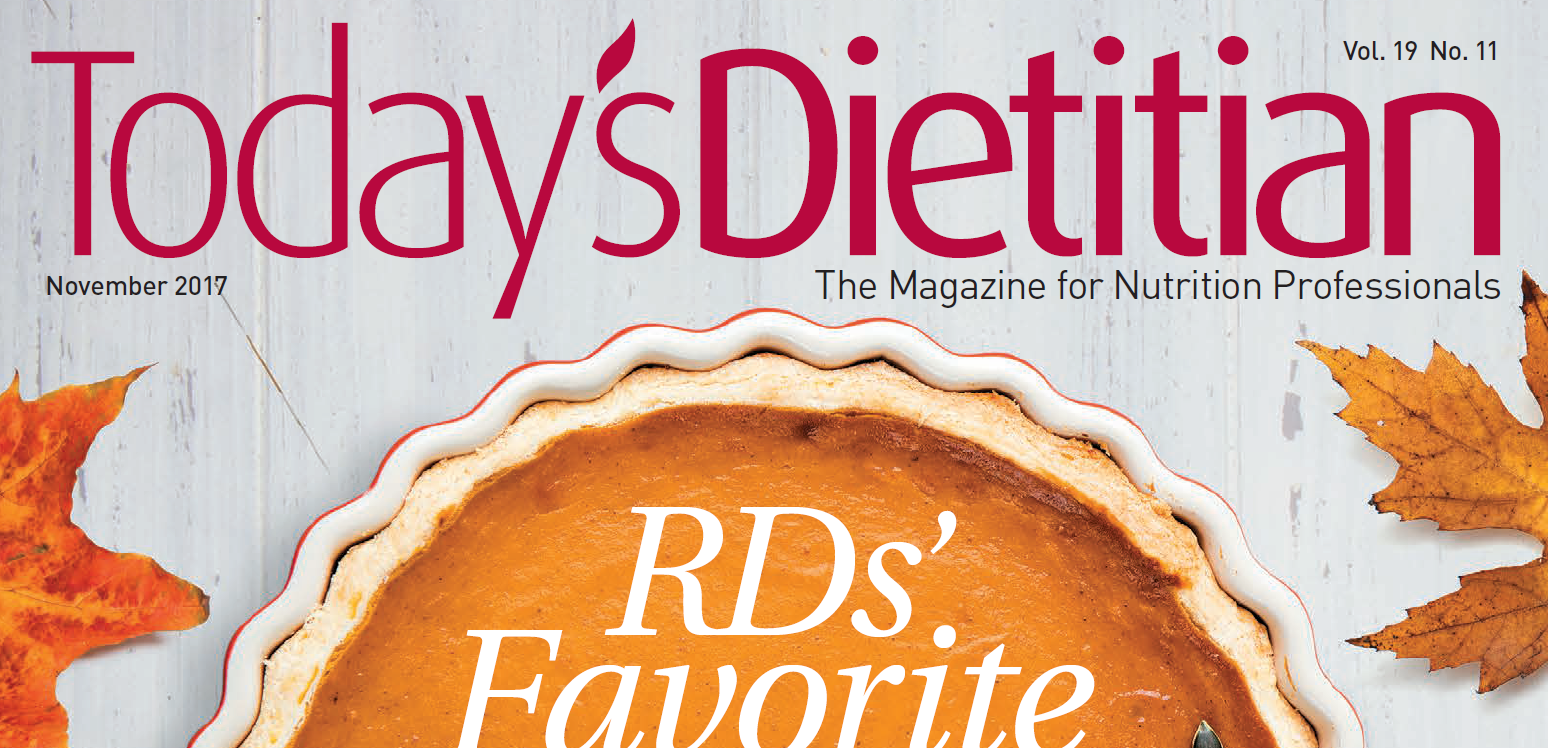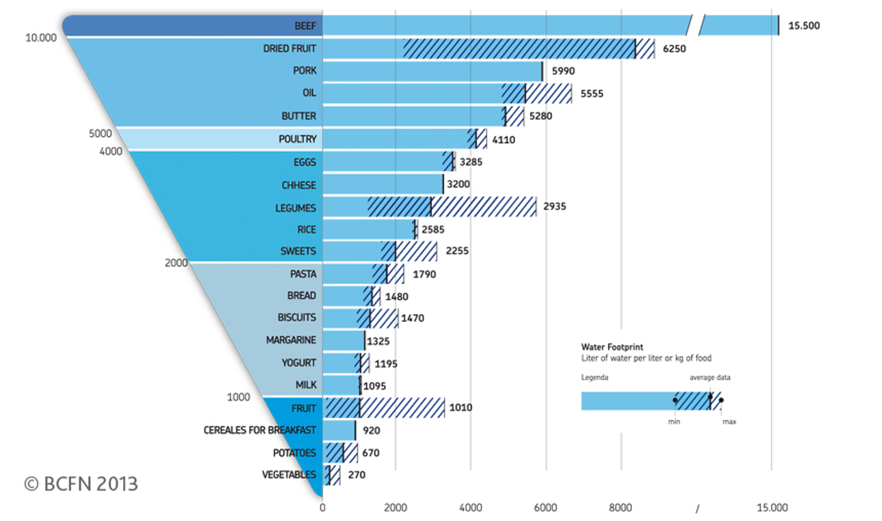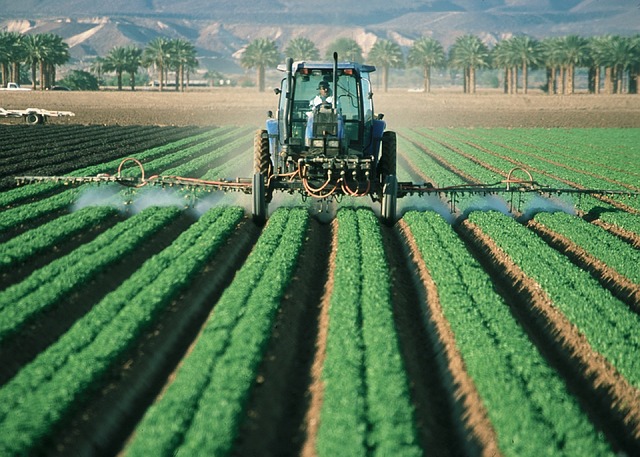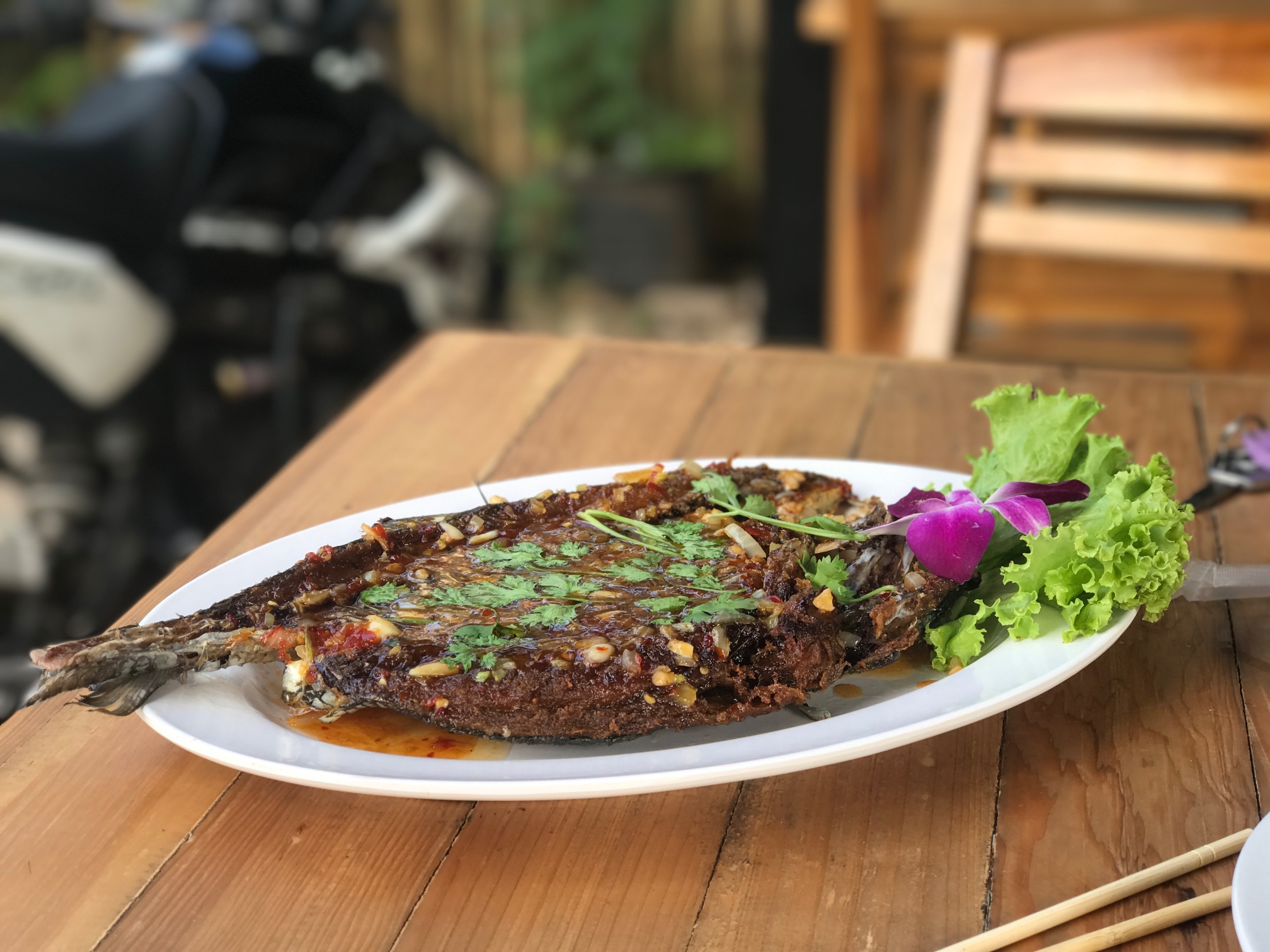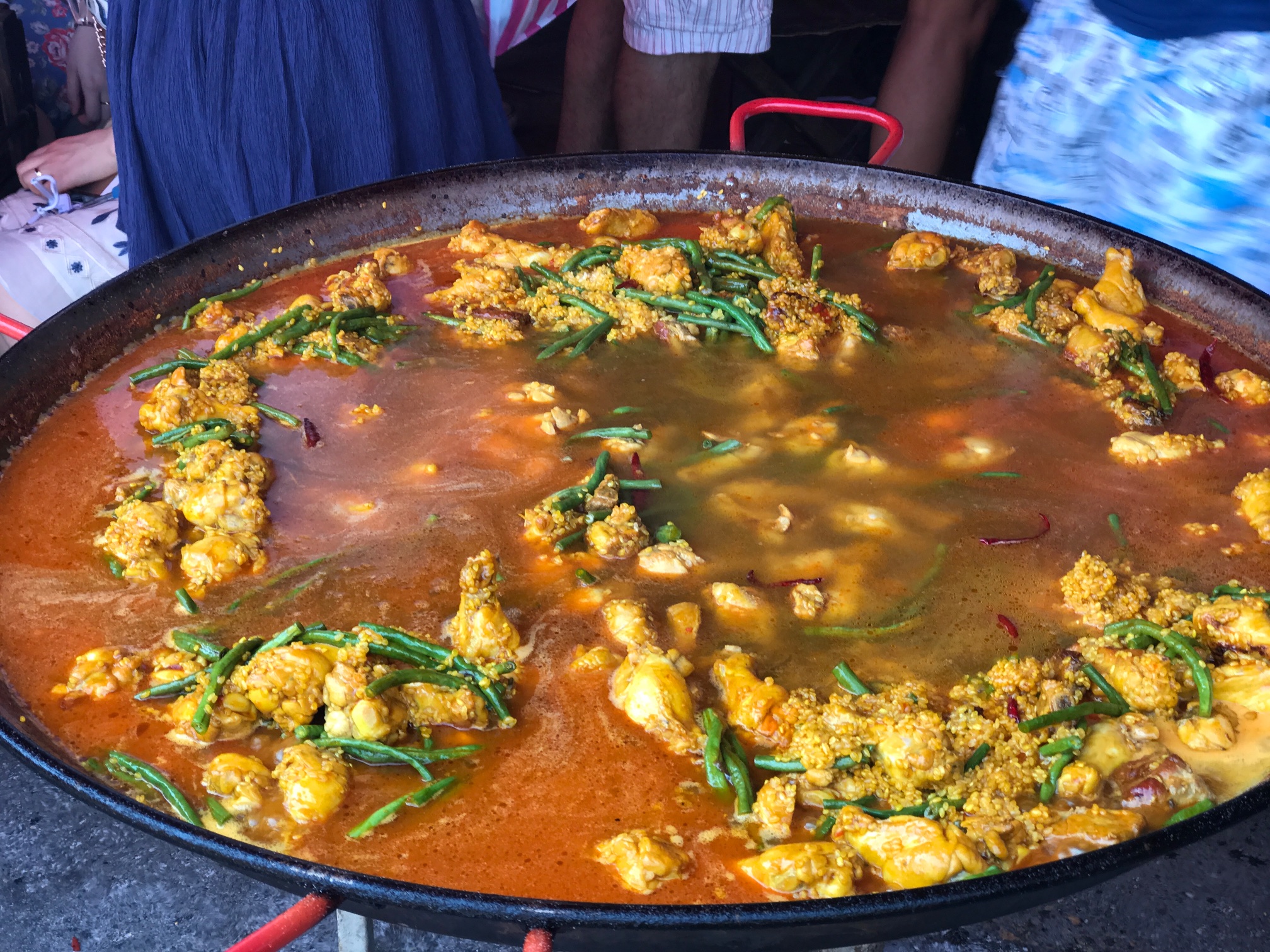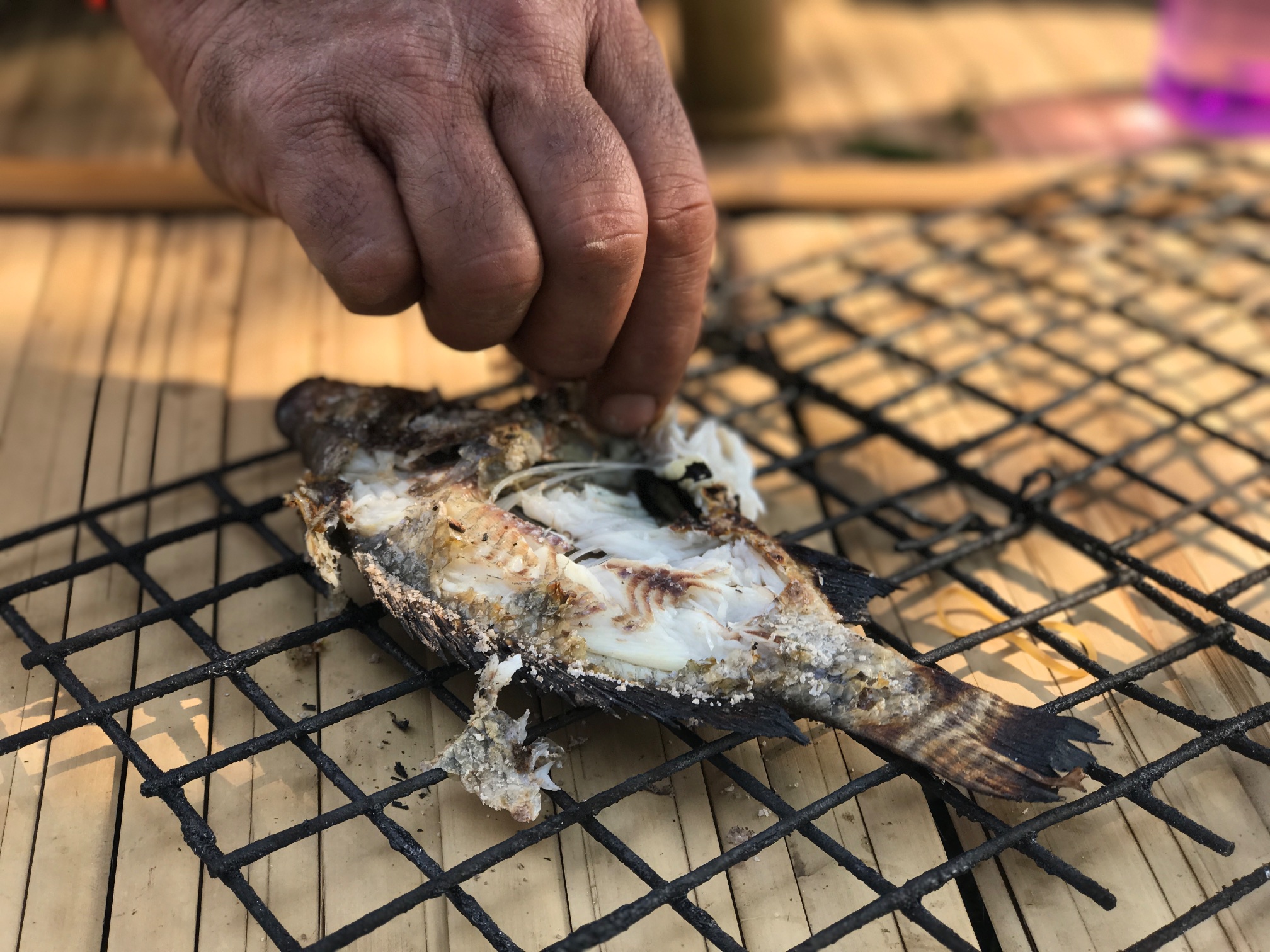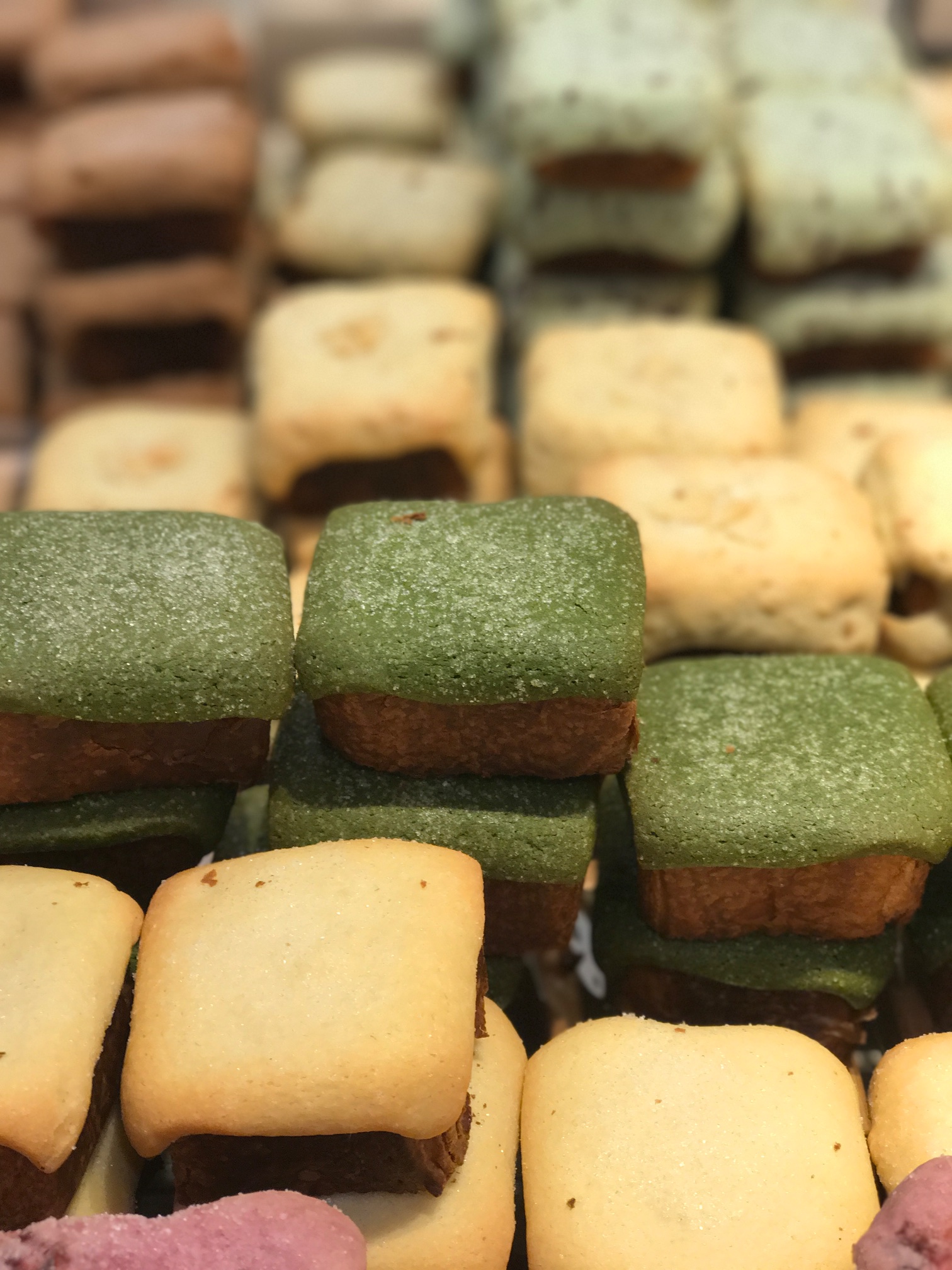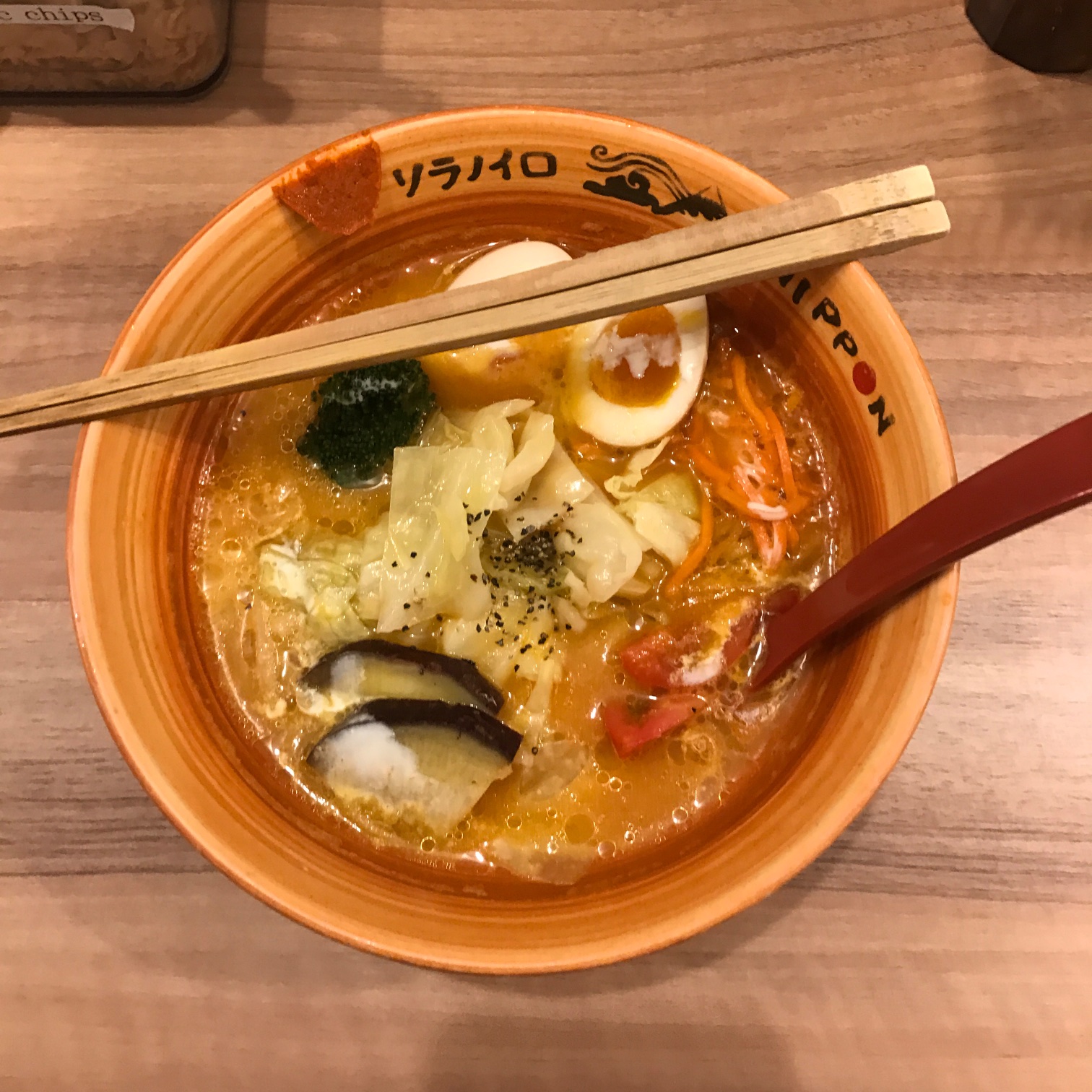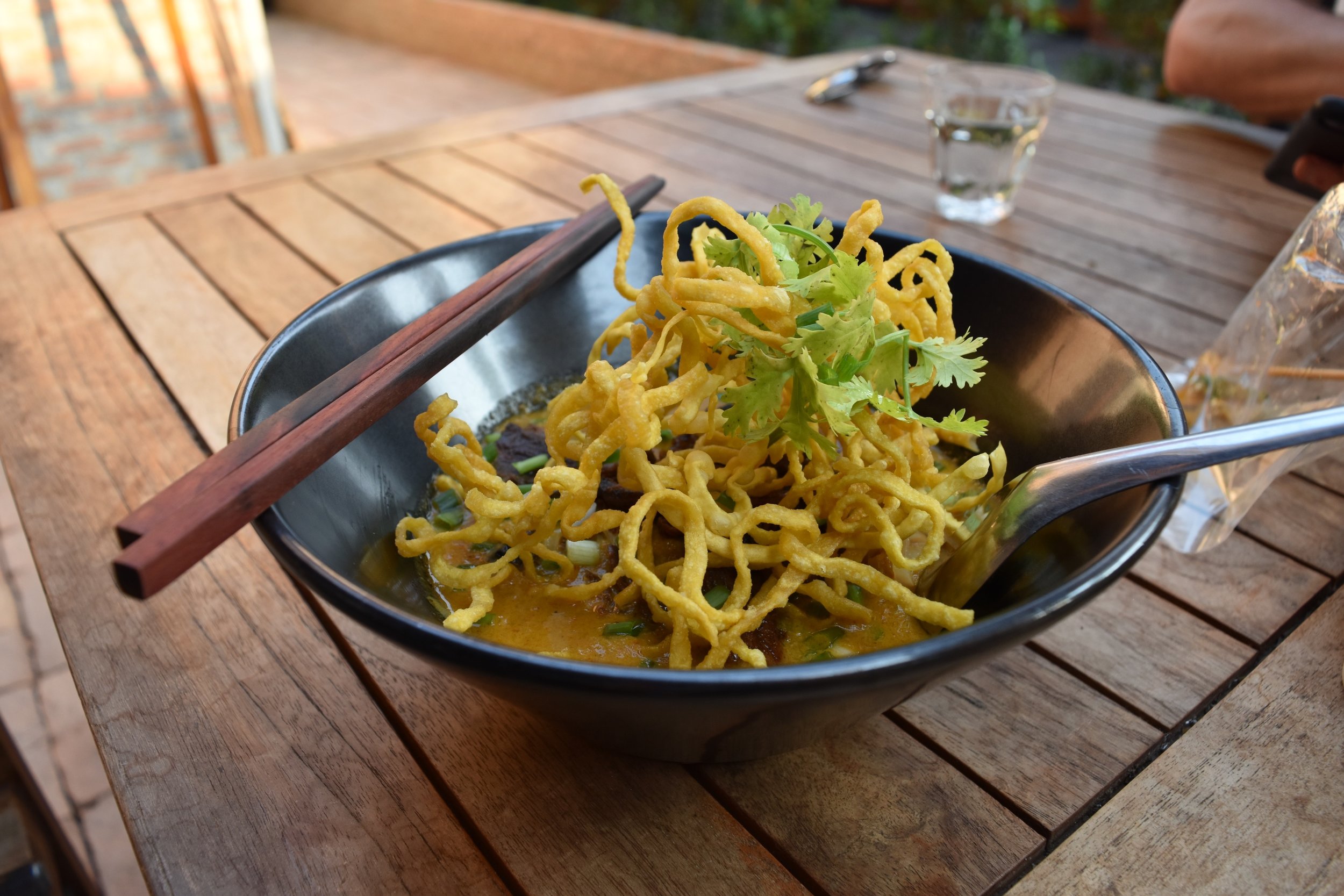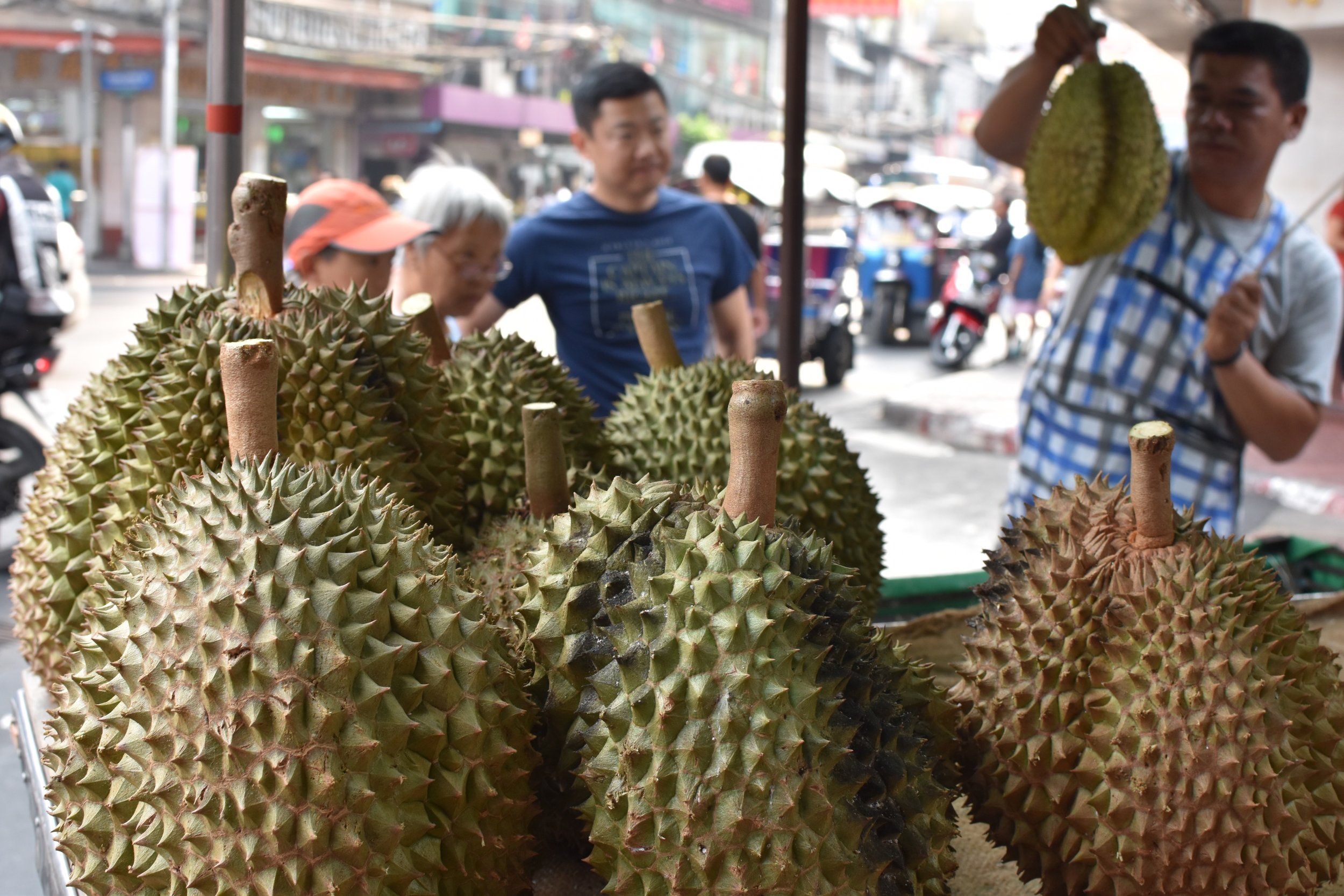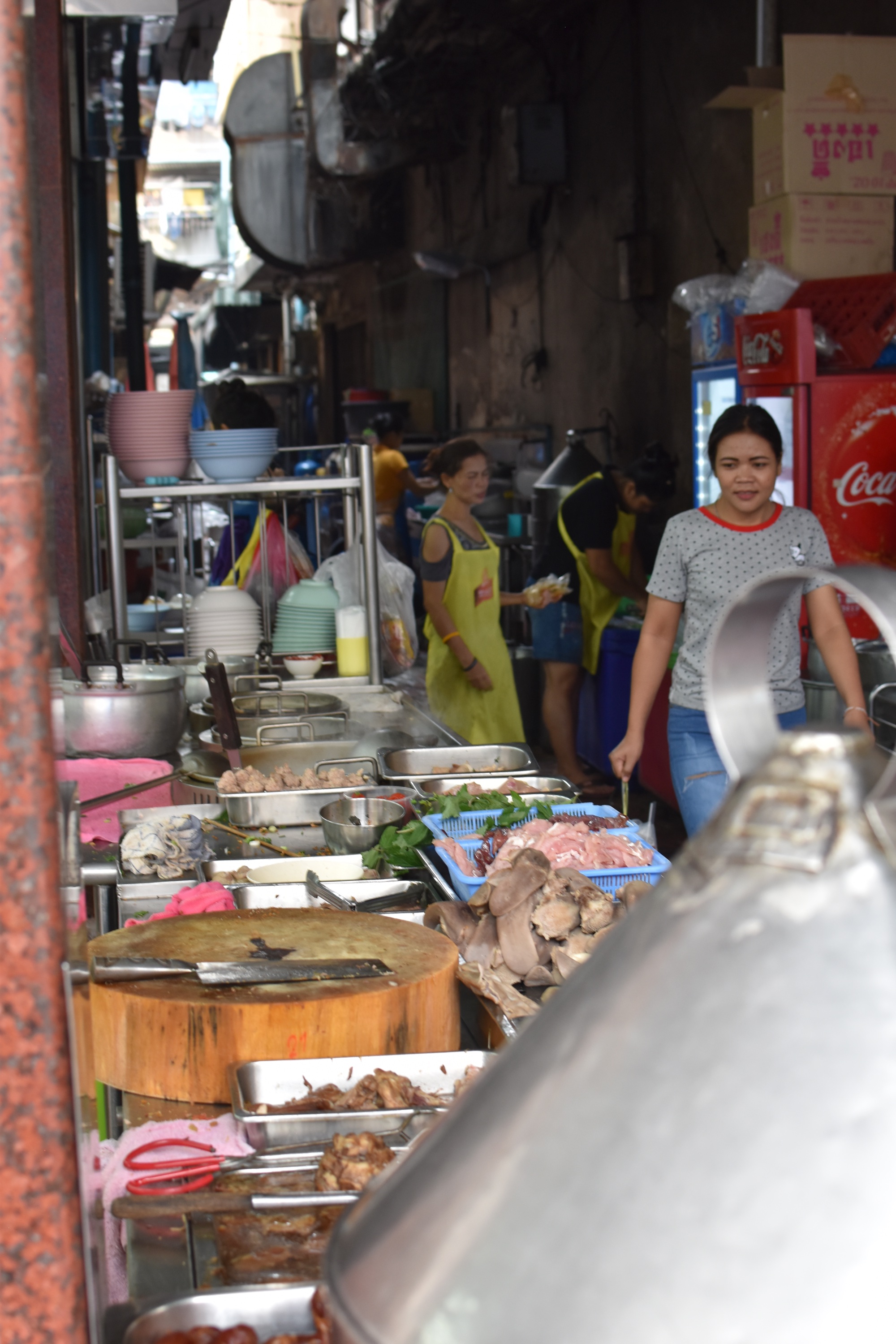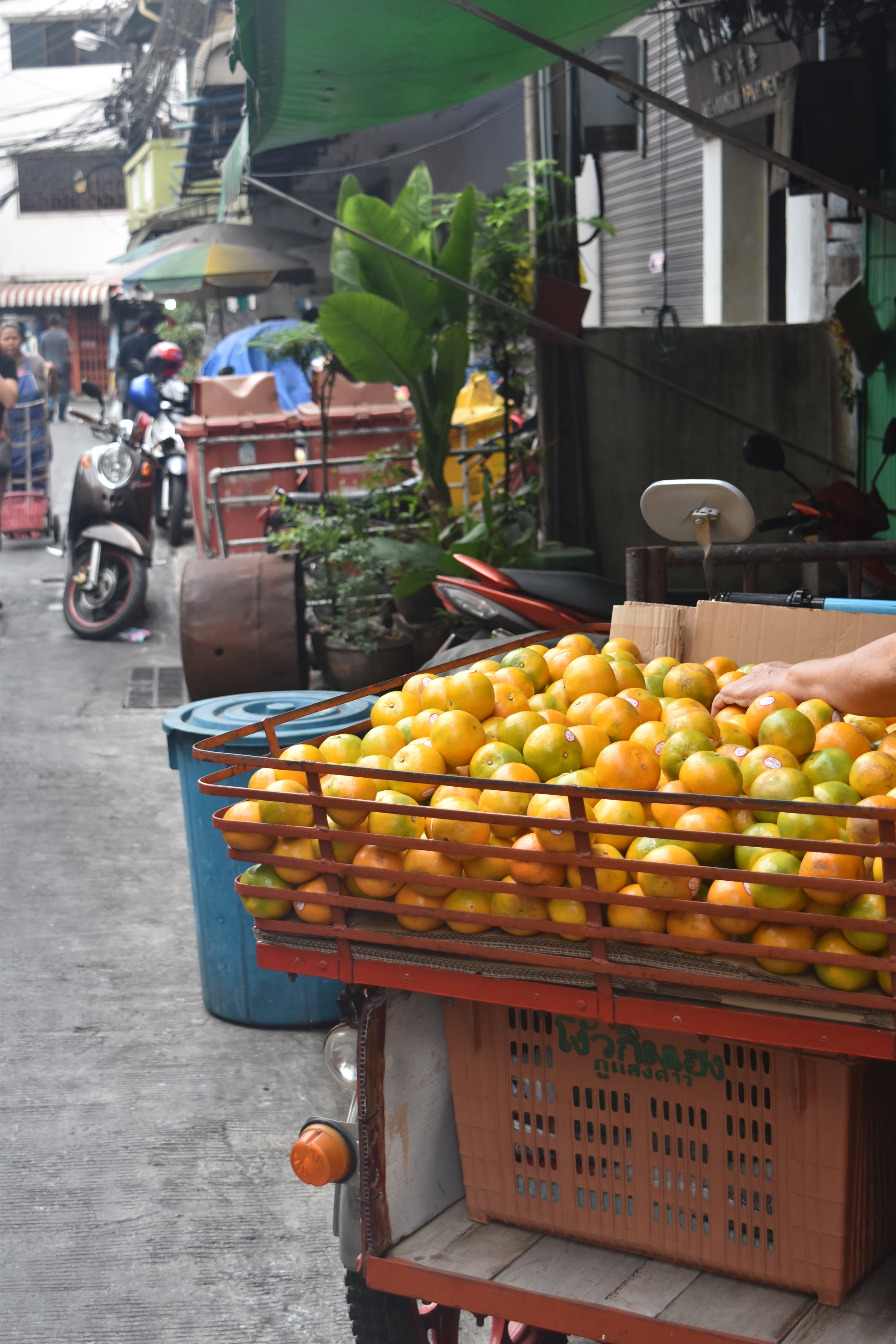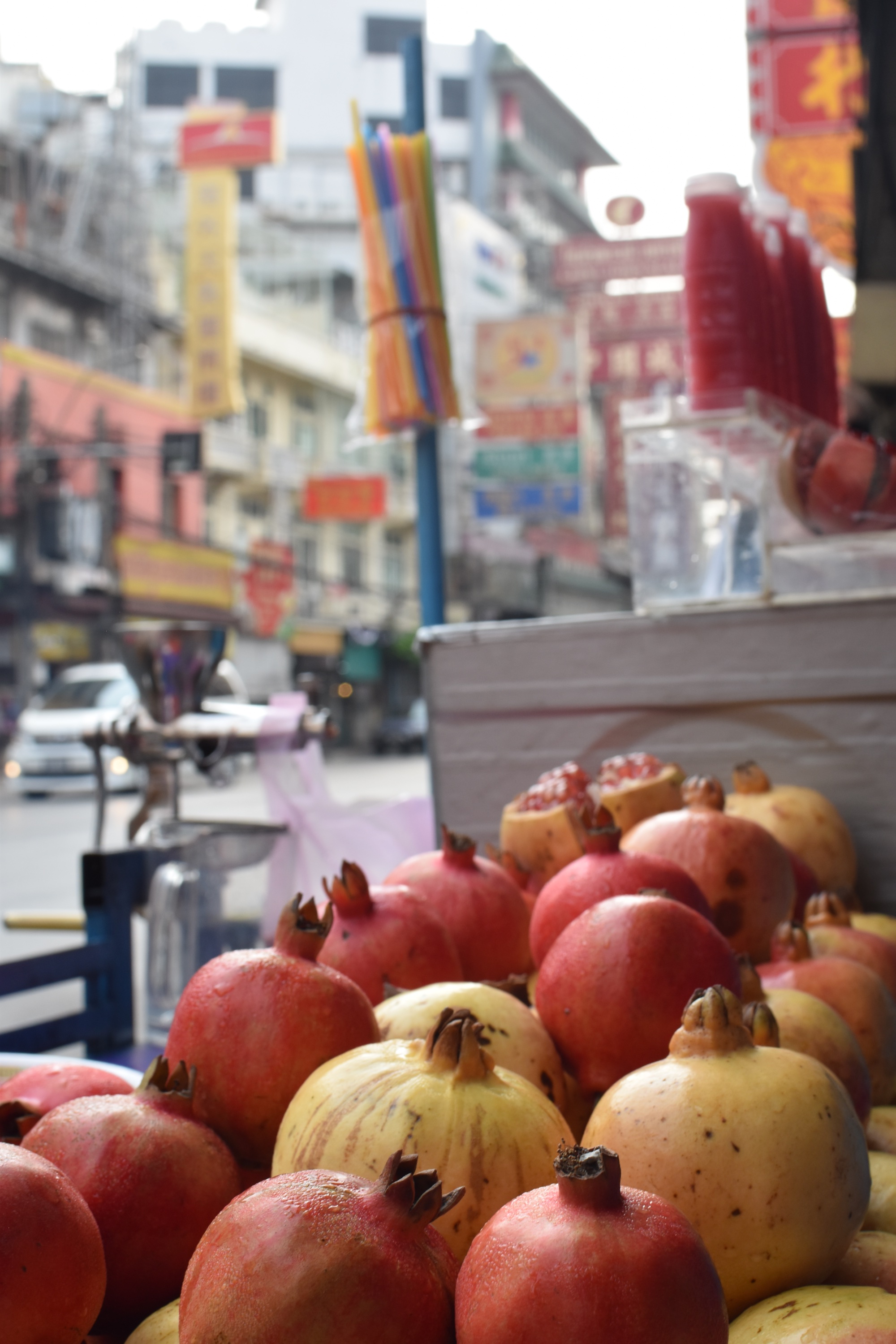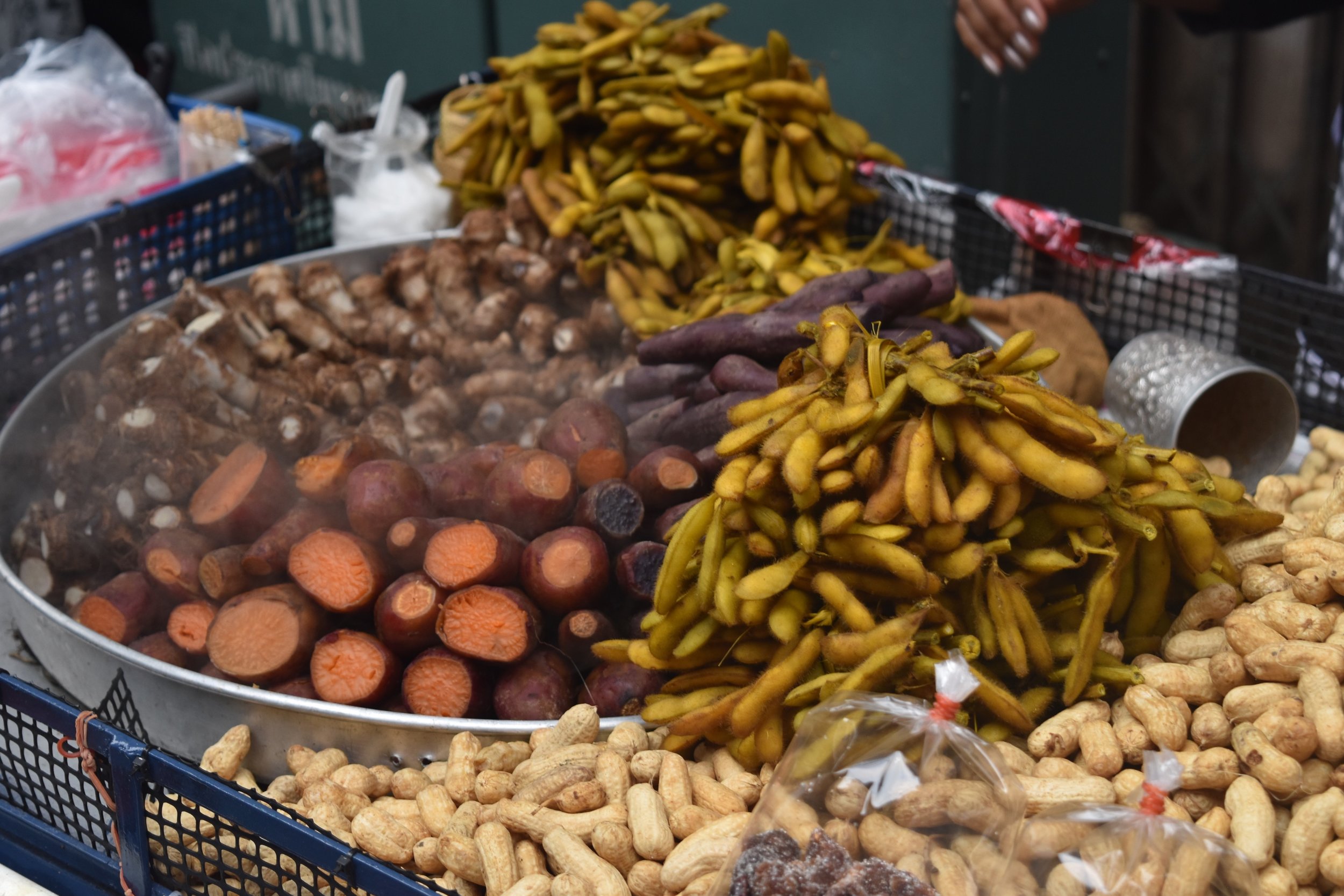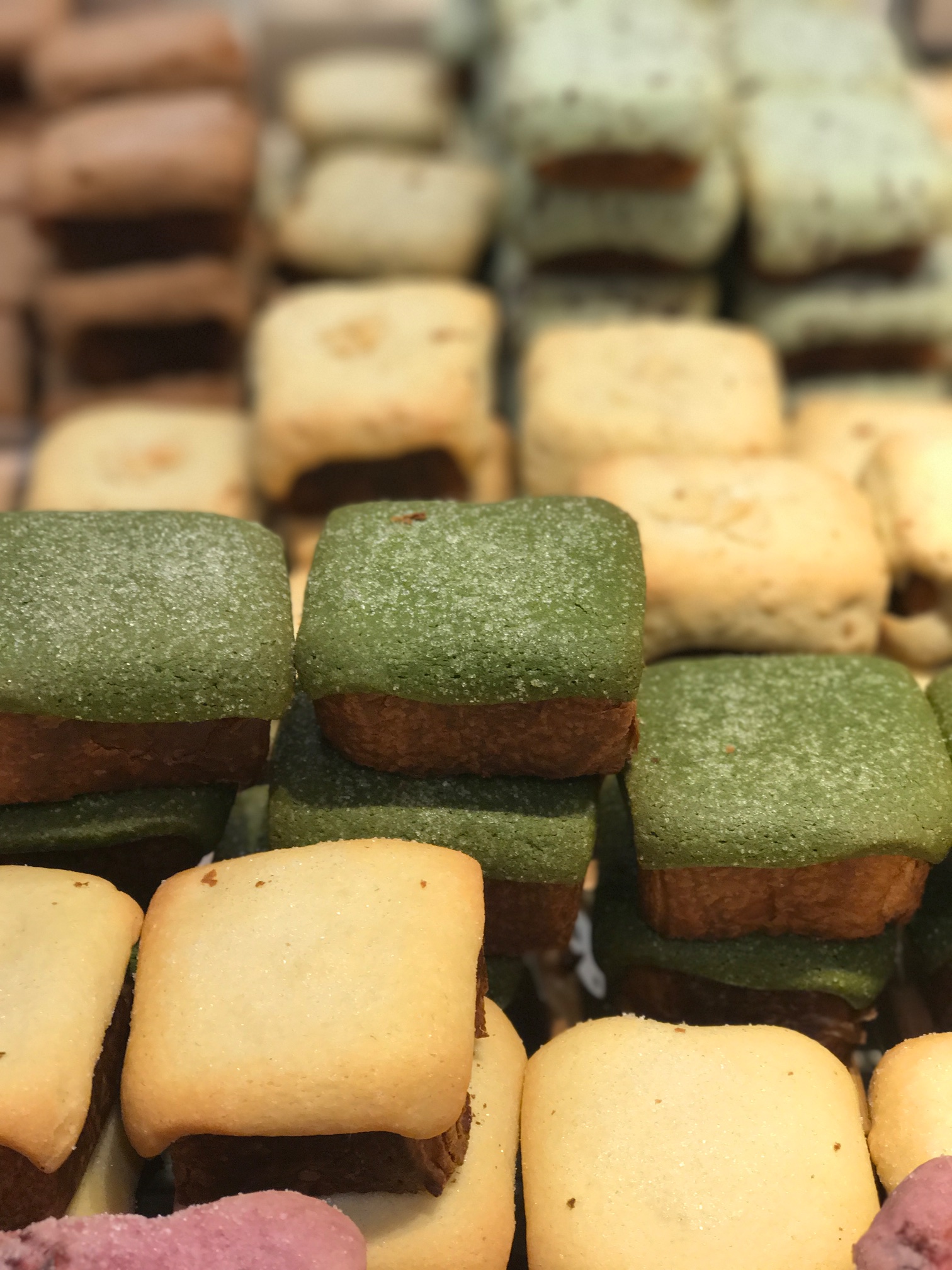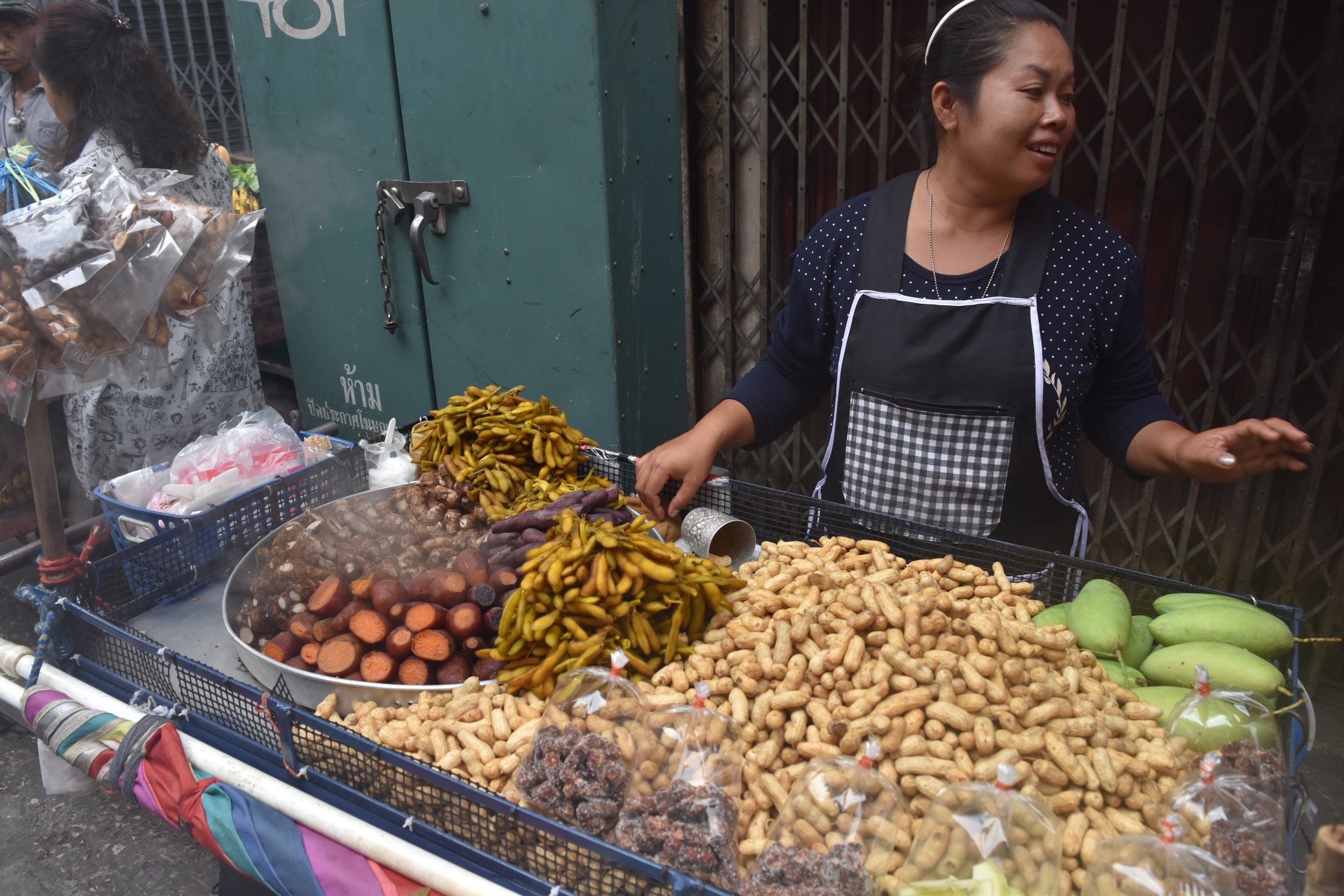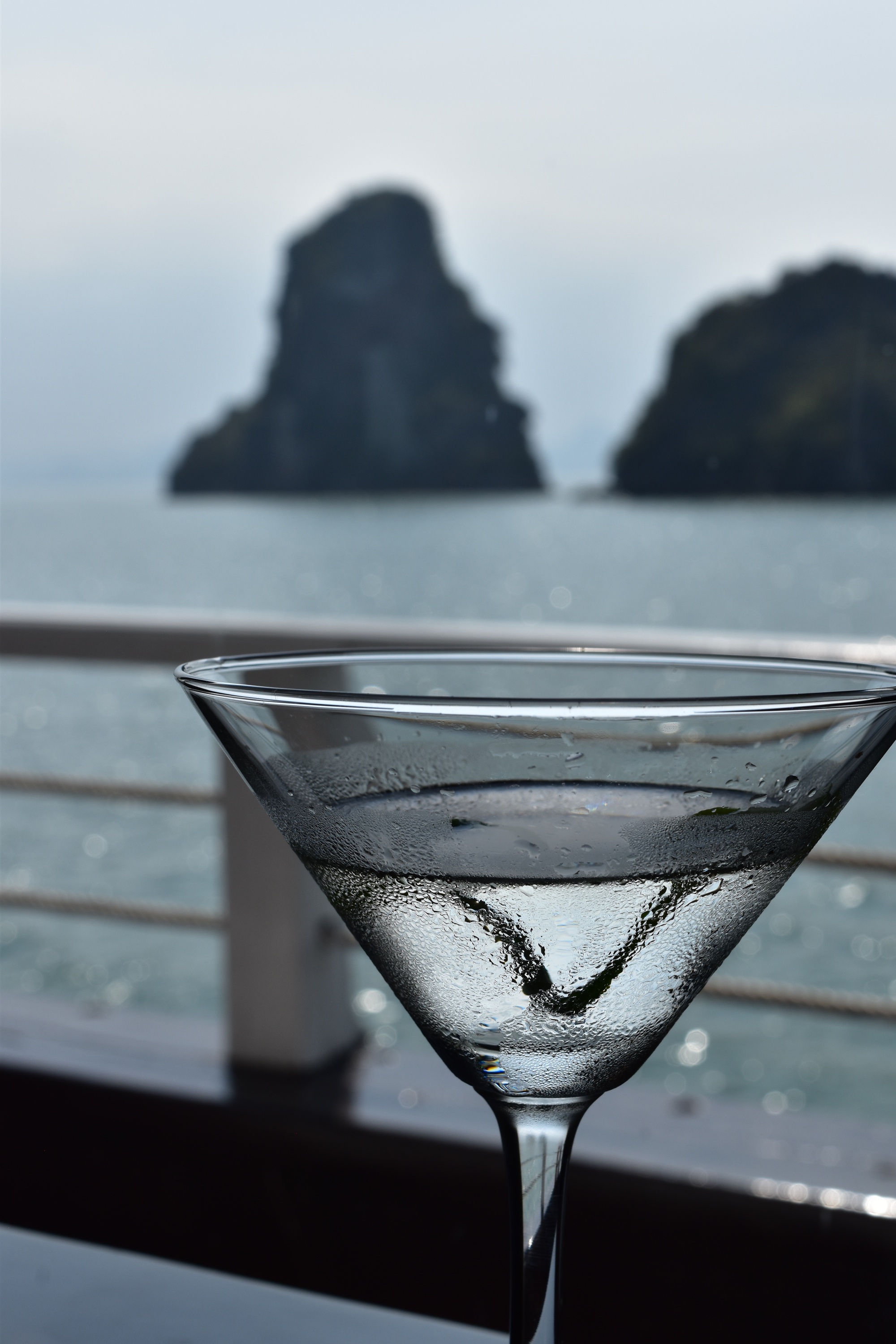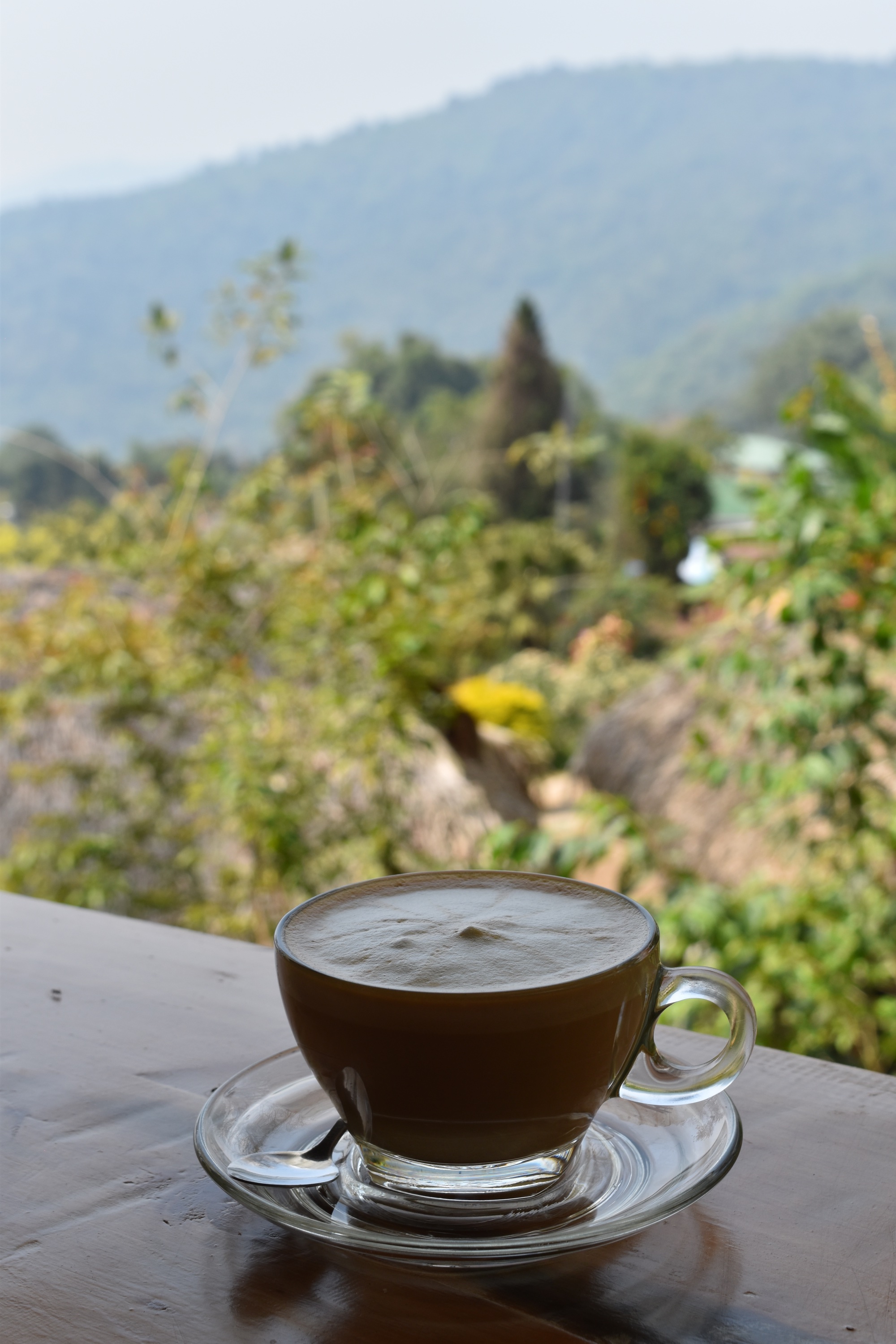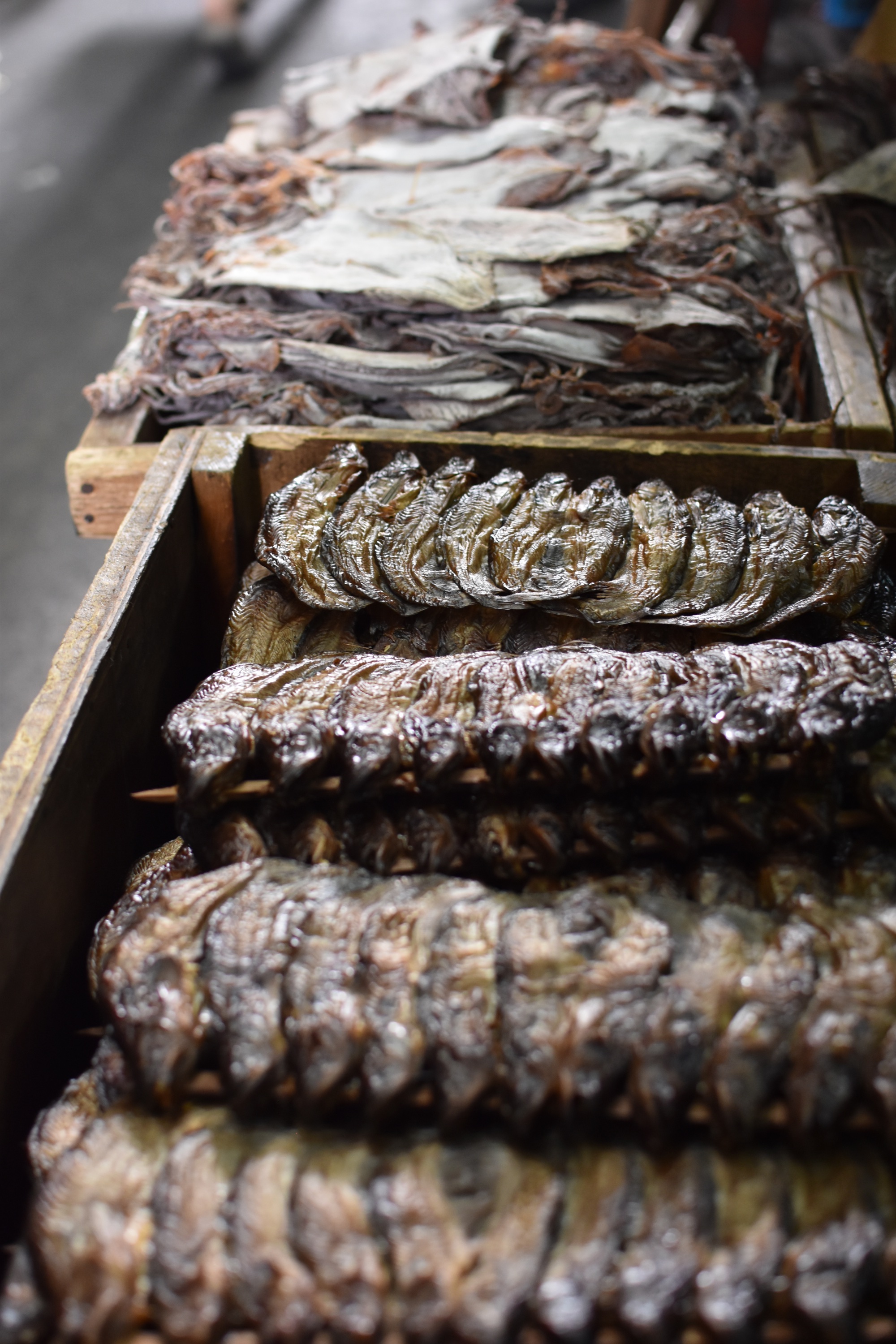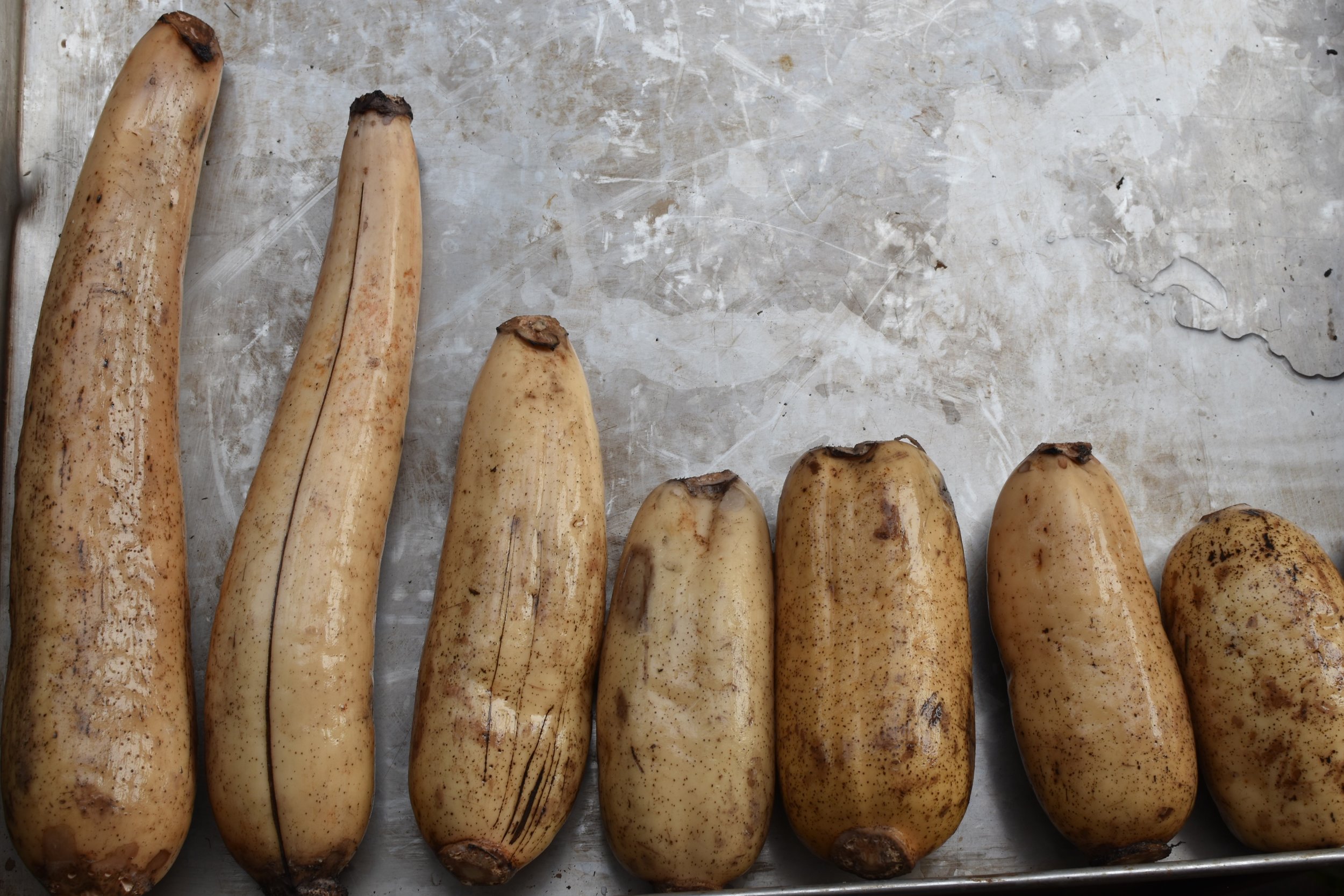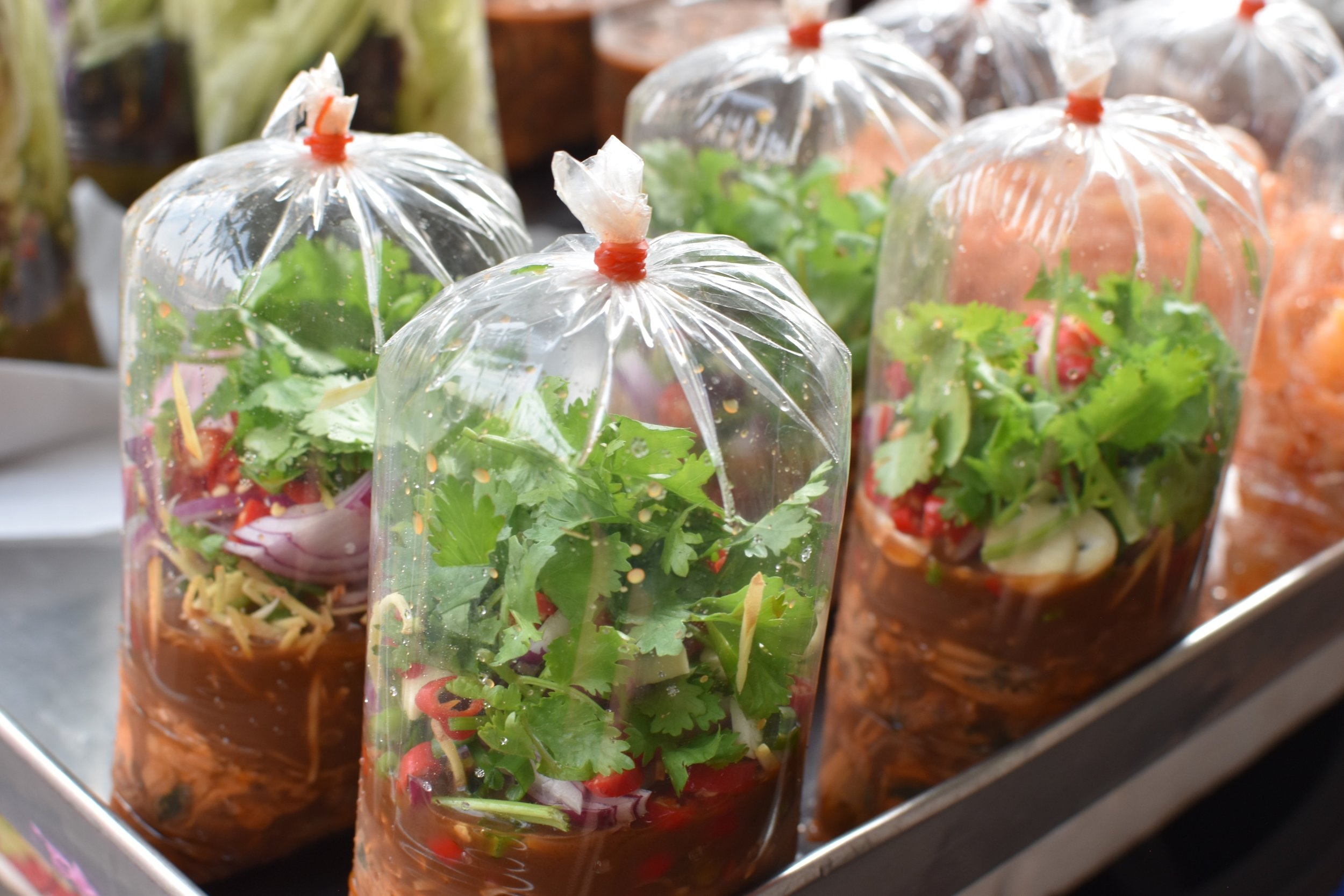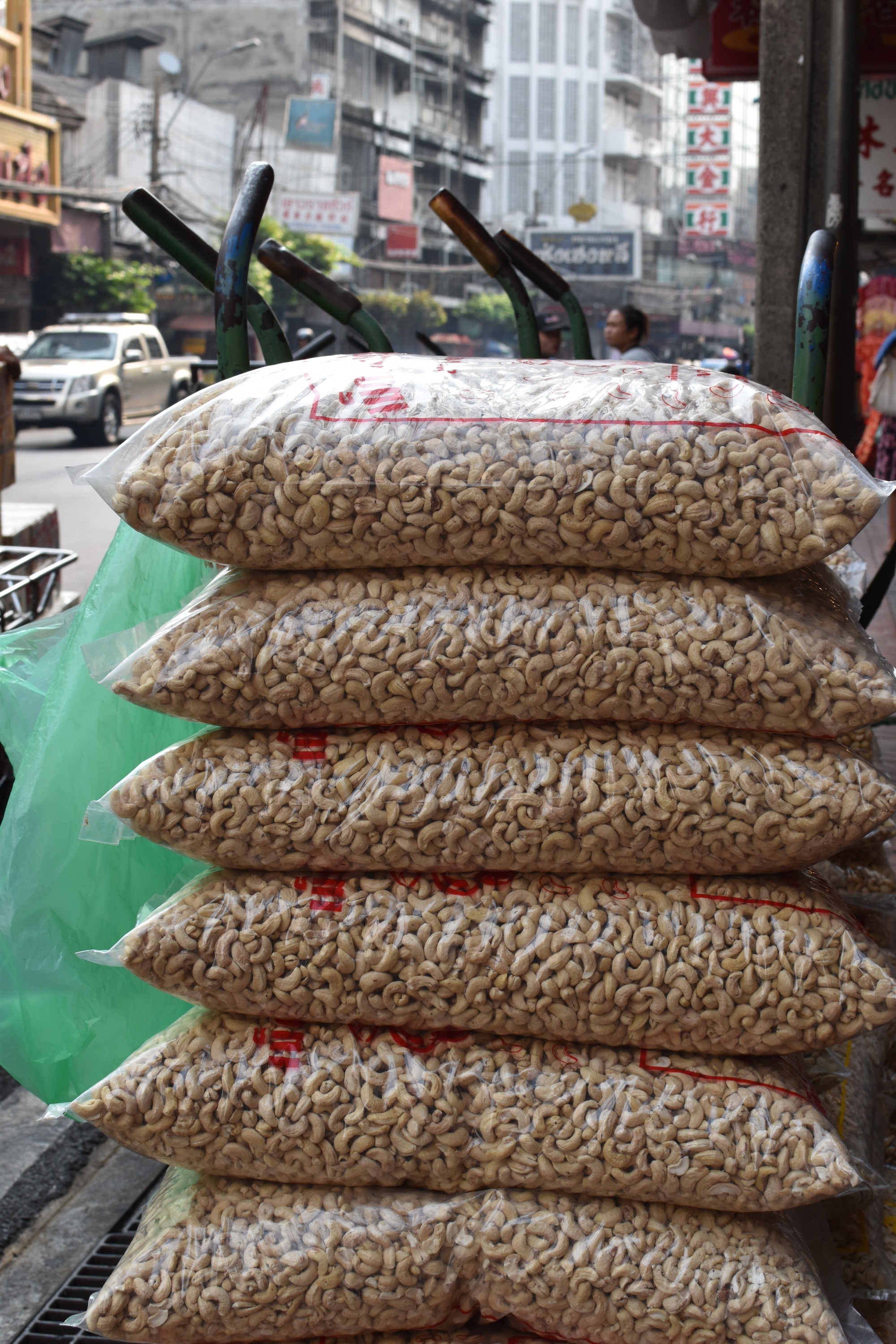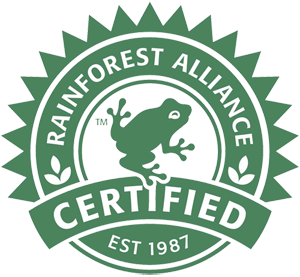3 totally free at-home workout videos
Time, money, or intimidation stopping you from hitting up the gym? Not anymore! Check out my top 3 favorite workout videos that are 100% free! These workouts range from relaxing to kick-ass, and everywhere in between.
Going to the gym can be expensive, out of the way, or straight up intimidating. However there is no excuse for not working out in the comfort of your own home. Especially since it's TOTALLY FREE!
These three instructors are my absolute favorite because they have personalities that keep you coming back for more.
I encourage you to find yourself an accounta-bili-buddy to keep your motivation levels high. Plus working out with a friend is more fun anyways :).
My flatmates and I wake up and practice a quick yoga session every morning. It's short, sweet, and a fantastic way to start the day.
Below are my top 3 free workout videos.
#1 Cassey Ho - Blogilates
Okay so you may thank me for this recommendation or end up cursing my name (or both). Cassey Ho is an incredibly optimistic and encouraging pilates instructor that will kick your ass. With hundreds of free videos to choose from, you can't go wrong. You can filter her videos by length, intensity, and target area. Good luck, you'll need it!
Check it out here!
#2 Yoga with Adriene
Adriene is quirky, cute, and fun. Her yoga classes are not overly intense, but simple and pleasurable. Her practice is great for a morning or evening workout. She even has free 30 day workout challenges. I love her videos because more of them are under 30 minutes.
Oh - and she has the CUTEST pup ever named Benjie who often makes a cameo.
Check out Yoga with Adriene here!
#3 - 8 Minute Abs/Buns/Arms
These. videos. are. classics. Unintentionally hilarious, in only 8 minutes flat these videos will kick your buns/abs/arms.
EVERYONE has 8 minutes they can devote to a quick workout. No excuses here.
Have a favorite video or series? Comment below and I'll add it to the list!
Happy exercising and remember - good health BEGINS in the kitchen. Diet is most important when trying to improve our health.
Cheers!
-Chris
Top 10 travel hacks when adventuring abroad
These top 10 travel hacks will save you time and money, and make your adventure as seamless as possible. Travel hack #1 - don't leave home without downloading...
It's no secret that traveling is one of the greatest ways to spend your time and hard earned money. However there are certain travel hacks that can make your journey even more seamless - saving you time, money, and your health.
Check out the top 10 travel hacks below!
#1 - Inflatable head rest
I cannot recommend this accessory enough. It's compact, lightweight, and comes in handy when you're sitting on an airplane for 8 hours. This inflatable headrest will transform your uncomfortable flight into a 5-star satin-sheet hotel… okay not really but it will help you get some quality shut eye!
#2 - Stock up on Podcasts
Overcast App
Available on Apple and Android
Podcasts are essential when you're on a long flight without internet connection. It's even more enjoyable when you aren't using the atrocious apple podcast app (sorry Apple, but it sucks!).
Check out overcast, a totally free podcasting app with superior functionality.
Some of my favorite podcasts are Hidden Brain, Stuff you should know, and Nutrition Diva
#3 - snag a Refillable water bottle
It's amazing how simple of a tip this is, but it comes in handy. Not only does bringing your own water bottle save you money, but it also helps reduce single use plastic (the oceans will thank you!).
If you get a fancy insulated water bottle, you can keep your beverages hot/cold for the whole day too! I don't leave home without mine.
Absolutely love these Mira insulated water bottles!
If you're travelling to a country with questionable water quality, getting a bottle with a built-in filter could be a lifesaver. Check out this Lifestraw filtered water bottle!
#4 - invest in Packing cubes
These are my ABSOLUTE favorite travel accessory. I don't know how I used to travel without them. They keep your clothes, cords, and toiletries all in one organized place. This prevents the classic case of suitcase explosion all over the bed and floor. Keeps your clothes nicely folded too!
There's a reason these are rated with a perfect 5 stars. Check them out here!
#5 - One backpack to rule them all
Okay, I have a slight backpack fetish... but only because they are the perfect blend of fashion and functionality. Utilitarian backpacks are everything when it comes to traveling. I prefer a backpack that has a smart design, is lockable, and can be used as a carry on. Below are a few of my favorites
#6 - bring Gifts for new friends
While usually we bring souvenirs back for friends, why not mix it up and also bring some small gifts for new friends? Who doesn't like receiving gifts, especially when they are from a faraway place.
I usually bring a few bars of local chocolate or other small, universally enjoyed items to give out during my travels. If you are planning on staying with a friend, be sure to bring them something extra special! A little gesture goes a long way.
#7 - Download maps before you go
Download google maps before you jet set to your destination. I cannot explain how helpful this tip is. It's so easy to download areas of maps offline, directly to your smartphone in the google maps app. Now you won't need internet connection to find where you're going. Find out how here!
If you're traveling to a big city like LA, Paris, or London - download the free city specific transit apps before you head out too. This will save you lots of headaches and make you feel more like a local in no time.
#8 - Download language apps
Download language app (offline!)
- If you want to get a grasp on the language before you head out, check out the helpful FREE app Duolingo.
- If you're looking to translate real time, I recommend downloading the google app "translate" and installing the language for offline use.
#9 - Pack nuts or healthy bars
This is huge. If you travel without healthy snacks, you'll be left paying way too much for shitty food. Nuts, trail mix, or healthy granola bars are super handy!
These Redd bars are quite popular and have a fairly good balance of nutrition. A good balance of high-quality carbs, protein and fat is especially important when on the go.
Many of my nutrition colleagues swear by these RX BARS. I personally don't like them, but since my taste isn't the only one that matters, feel free to give them a try for yourself!
#10 - Cover up with a mouth mask
Okay so some of you might think this is a weird item to have on the list, but let me tell you - sitting next to a coughing, sneezing passenger on a plane is sure to get you ill. This can save you from getting sick and ensure you have a healthy and happy adventure. Any old mask will do, but if you want to look less like you're in a hospital, check out these cool black masks. They are super trendy in Asia too.*
*Note you will probably not look as bad ass as the dude in this photo, sorry.
Now you know most of my deepest, darkest, travel hacks.
If you have any favorite hacks - feel free to comment below!
The good, the bad, and the future of GMOs.
The good, the bad, and the future of GMOs. This article critically examines the current evidence of GMO technology and suggests a path forward for the technology. Our food system is the literal lifeline of the human race, and we should keep it open and transparent for all.
Love them or hate them, genetically modified organisms, or GMOs, are alive and well in our modern day food system. Some argue they are essential to solving world hunger, while others are convinced they are slowly and silently killing us.
I don't fully believe either argument... at least not yet.
What are GMOs?
There's a statement I often hear from GMO advocates stating that all foods have been genetically modified. While I agree, and this is technically true, I feel it's muddling the conversation. Genetic modification does indeed happen each time a plant or animal breeds - whether in nature or in a lab. Nature has been naturally selecting stronger genetic varieties of plants and animals since the beginning of life – a wonderful phenomenon known as evolution. Humans have learned we can speed up this natural process through techniques such as cross-pollinating or grafting.
However when discussing GMOs, most people are referring to the transgenic modification of a plant or animal. This means splicing the genes from one species to another unrelated species to produce a desired outcome. This would not happen in nature unless you’re exceptionally good at coaxing an arctic fish to breed with a strawberry.
Should we be concerned?
To date, there is no compelling evidence that transgenic GMO foods themselves are harmful to human health. This is a good thing.
However some are concerned about the ecological impact that transgenic species could have on varieties that already exist in nature. As an example, there is concern over GMO salmon escaping into the wild and breeding with native varieties, which could disrupt the wild fish ecology and aid in the collapse of fish species.
Present Day USE Of GMOs
The vast majority of GMOs in our food system are present in only a small number of crops, namely soy, corn, canola, papaya, and a few others. Corn and soy are the primary golden children when it comes to transgenic GMO crops around the world.
GMO corn and soy are designed to be 'round-up ready'. This means that these crops are designed to be coupled with the herbicide known as glyphosate (aka round-up). When sprayed with glyphosate, the GMO corn or soy lives, and all other weeds die (or are supposed to).
Glyphosate is marketed as a safe and low-residue herbicide, which is true compared to many previous herbicides. However the sheer use of this herbicide has grown an extraordinarily amount (see USDA charts below), and its use at this quantity is garnering global controversy. Round-up ready soy requires significantly more glyphosate than non-GMO varieties.
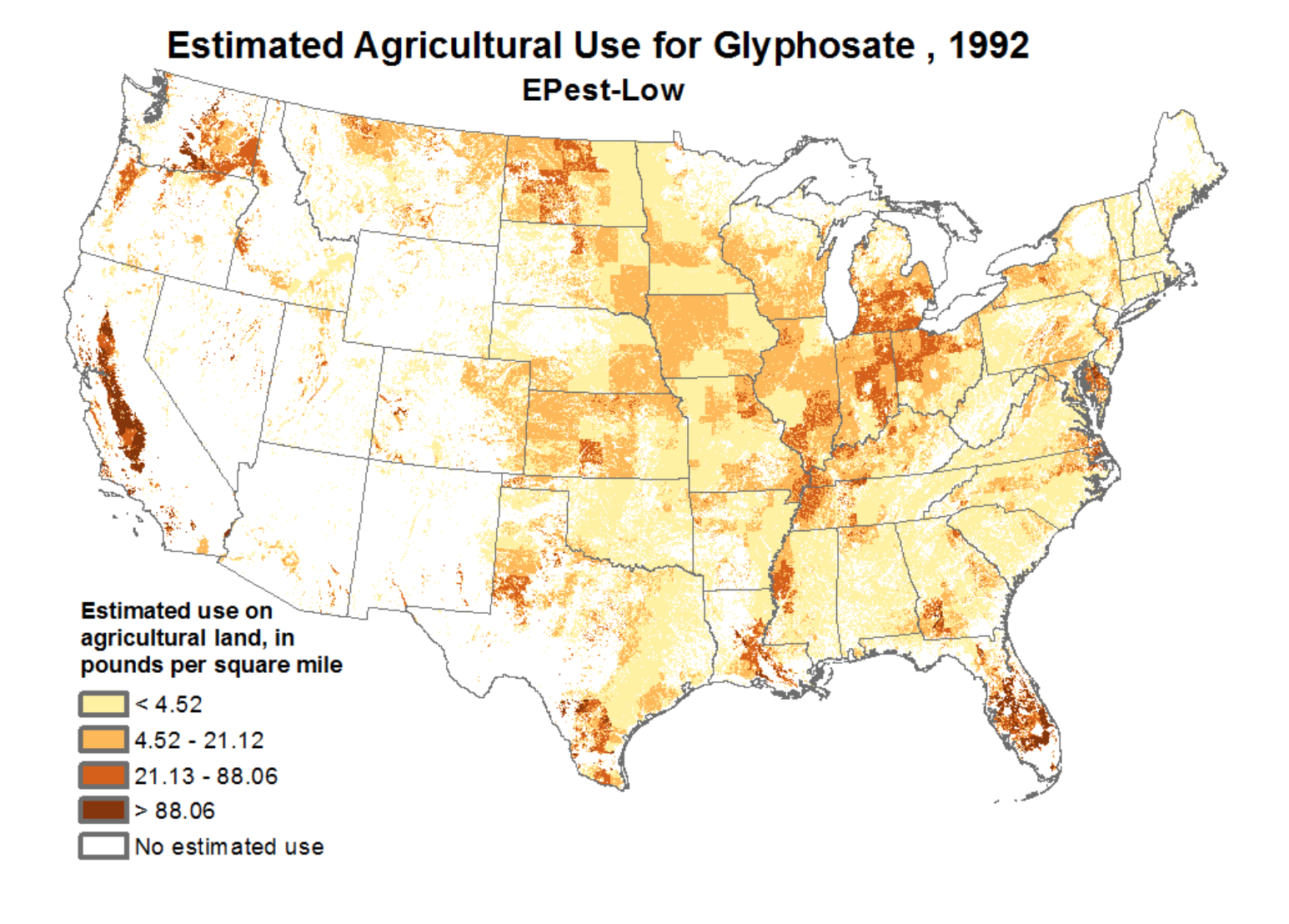
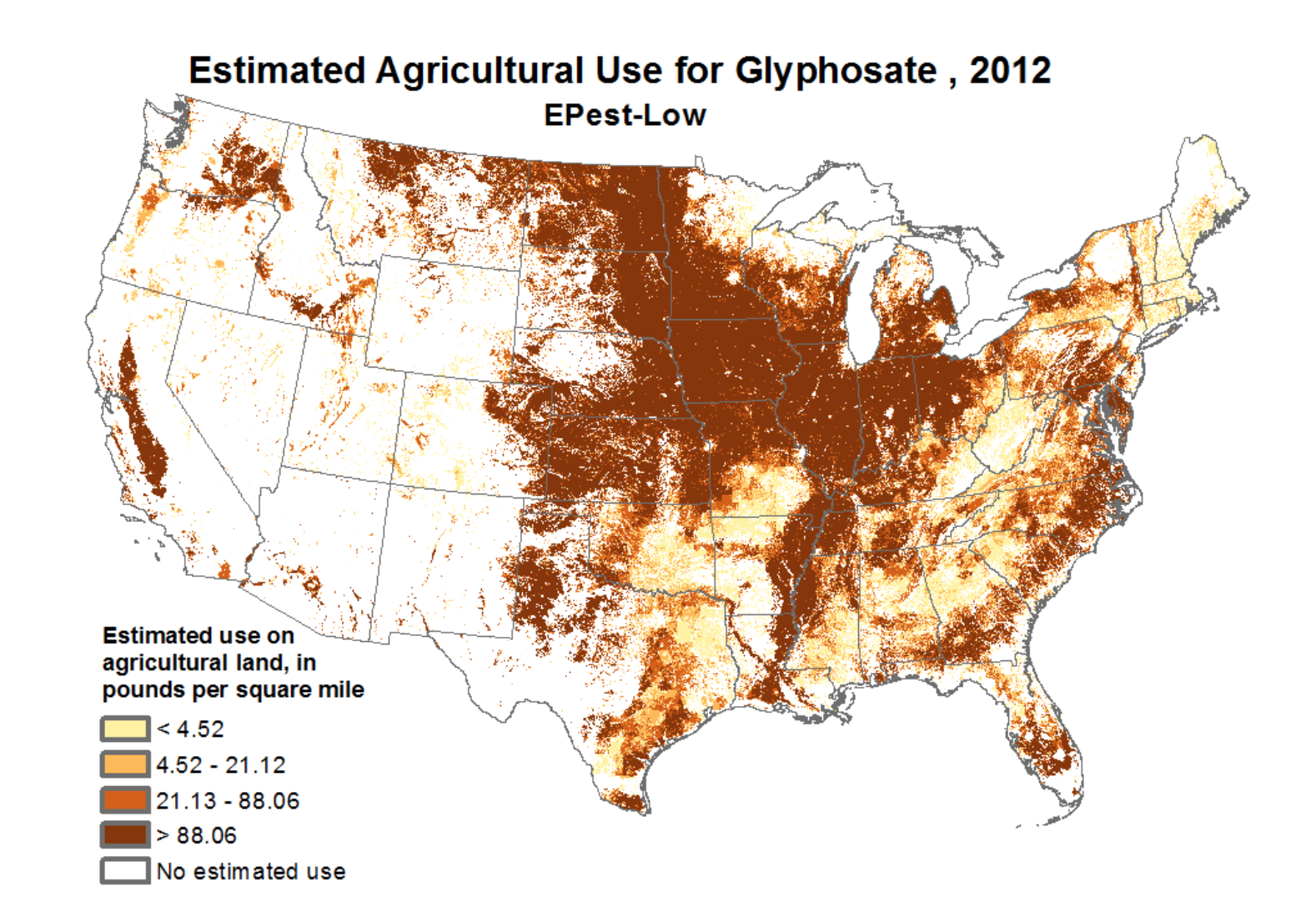
Glyphosate Controversy
It is estimated globally that we are spraying 19 billion pounds of glyphosate globally every year. If you sprayed 19 billion pounds of anything on the planet (with the exception of maybe water), it would likely cause serious detriments. Just look at fertilizers.
In 2015, a cancer research branch of the World Health Organization known as International Agency for Research on Cancer (IARC) labelled glyphosate as ‘probably carcinogenic to humans’. I was aware that this claim received heavy pushback, but I did not know the half of it.
IARC has been consistently and heavily attacked by industry for releasing their statement, which led them to publish a public monograph in response. Below are the first two lines, released in Jan 2018.
"Since the evaluation of glyphosate by the IARC Monographs Program in March 2015, the Agency has been subject to unprecedented, coordinated efforts to undermine the evaluation, the program and the organization. These efforts have deliberately and repeatedly misrepresented the Agency’s work. The attacks have largely originated from the agro-chemical industry and associated media outlets." - Read the entire monograph here.
Excuse the vulgarity, but holy shit! Industry's answer to disagreement is to legally rough-house and discredit this trans-disciplinary government health agency, rather than civilly engaging them? Not cool.
Whether or not the conclusion around glyphosate being cancer causing or not is correct, there is no reason to discredit a global health organization that is seeking to protect people's wellbeing. Bullying and intimidation do not lead to open discourse and transparency, which is desperately needed in our food system.
The next few years will surely be interesting for glyphosate:
- In 2017, The European Food Safety Authority (EFSA) announced they will classify glyphosate as non-carcinogenic.
- Conversely, California just passed legislation requiring glyphosate to be labeled “known to the state of California to cause cancer”.
- There is a lawsuit connecting this herbicide (and others) to cancer patients who developed Non-Hodgkin lymphoma during application.
- Germany's Chancellor Angela Merkel is seeking to ban the use of this herbicide.
- There is also strong evidence to show glyphosate may be causing major disruptions in our ecosystem, and creating negative long-term impacts on soil health.
So, is creating a GMO crop that is designed to be coupled with a controversial and potentially harmful chemical the path to a sustainable food system? Nature doesn't think so.
Nature's Resistance
Around the world, more and more weeds are becoming resistant to glyphosate (see chart below). This is putting its utility in jeopardy. In response, industry has now created a much stronger GMO crop known as dicamba-resistant soy. Same concept as round-up ready soy, but this time coupled with the herbicide 'dicamba'. Independent weed scientists across the country have been strongly advising against the use of this volatile herbicide, and for good reason.
During this past year's planting season (2017), millions of acres of crops were destroyed across numerous states due to dicamba application.
Farmers are furious. Some are even joining together to sue for the loss of their crops. Even crops not directly sprayed with this herbicide are often killed due to the drifting to nearby fields. Industry blames the crop destruction on improper herbicide application, while some farmers say the instructions were too difficult to understand.
Arkansas' plant board decided to ban the use of this chemical for the next growing cycle in 2018 amid concerns. This board is now under attack. Industry sued the board, and as well as every member on the board calling their decision "unlawful and capricious". Not all farmers support these restrictions and want to see the ban overturned.
Are all GMOs linked to herbicides?
Not at all.
Take papaya, a popular varietal of our favorite tropical fruit was destined for downfall due to widespread disease. A GMO variety of papaya was developed, which ultimately saved this variety from extinction. Great success story!
Sythetic human insulin used to treat diabetes also deserves a mention here. With transgenic GMO technology, insulin is able to be synthesized in a lab. This is much more practical than the previous method of extracting it from pigs and cows. Awesome!
The Golden Rice Saga
Golden rice has been the poster child for GMOs for decades. It is special because it is genetically modified to contain Vitamin A - an important nutrient that's lacking in many developing countries.
This GMO rice is often touted as the key to saving the world. It even made a debut on the front cover of Time Magazine. Celebrity status!... at least in the developed world.
Local cultures have not been quick to accept this rice, and often rejected it due to its golden color. Some communities reject the GMO technology altogether. To date, most societies have not accepted it.
The Bigger Picture
Even if golden rice was accepted, would this multi-million dollar effort solve malnutrition? Probably not.
While this approach is admirable, it's also reductionistic. Instead of trying to solve for one nutrient deficiency at a time, we should be advocating to support the production of local fruits and veggies that are naturally higher in missing essential nutrients – including vitamin A.
There's an incredible story of how researchers found a variety of banana on the islands of Micronesia that has hundreds of times more Vitamin A than a typical cavendish banana. Worth reading about!
We need to be prioritizing whole, nutrient-rich foods over single nutrients. Focusing on single nutrients is short sighted and again, reductionistic. The truth is, we don't know what the tens of thousands of phytochemicals in fruits, vegetables, legumes and whole grains do for us, but we know they are extremely beneficial to our health. We don't fully understand how fiber-rich fruits and vegetables positively impact our gut microbiome, but the evidence is strong that it does.
Rice is still rice. It's a great cultural staple and an efficient source of calories, but it is still nutrient poor. Our efforts should be focused on promoting an affordable, well-balanced, and culturally appropriate diet. Anything less is a band-aid.
So am I Anti-GMO? Not at all.
Am I concerned with how we are using some of them today? Absolutely.
Genes on the horizon
There is a new kid on the genetic modification block known as CRISPR. CRISPR is advanced technology that essentially switches genes on and off in a plant or animal to produce a desired outcome. This newer technology is much more precise and significantly cheaper. The lower price point is key, as this technology can now be utilized by a wider range of players such as universities and non-government organizations (NGOs).
I look forward to the further development of CRISPR technology and its potential to allow us to quickly adapt to climate change. For instance, researchers are trying to use this technology to create salt water tolerant and drought resistant crops. These tools can play an important adaptive role as our climate continues to change.
A project I find extremely intriguing is the C4 Rice Consortium, largely sponsored by the Bill and Melinda Gates Foundation. Here scientists are trying to make rice more efficient by maximizing the process of photosynthesis to produce more rice on the same amount of land. These seeds would not be monetized, but are open source. Producing more on less land is an admirable goal.
Final Thoughts
I am frankly tired of hearing both sides of this issue exaggerate the benefits and harms of transgenic GMO technology. They are not going to kill us slowly, and as it stands today, they are not saving the planet from eminent destruction.
They can however, if used appropriately, be an important tool in helping to adapt our agriculture system to the changing climate. I’d love to see the future of GMOs be used to support the natural biodiversity and promote a climate-smart, sustainable food system that isn't as reliant on pesticides or herbicides.
There’s a massive lesson to be learned by industry and pro-GMO advocates. Building consumer trust is key. Trying to push GMOs behind the public’s back failed miserably. Had industry led with science and transparency, I truly feel we wouldn’t be having this conversation today.
Moving forward, we need to stop bullying and shaming each other for opposing views and find common ground. This bullying needs to stop from both sides (looking at you, Natural News...). It is extremely important for scientists, the public, and industry to play fair, rely on science, and remain transparent about new technologies that affect our food system.
Our food system is the literal lifeline of the human race, and modifying it should not happen behind closed doors or without public consent.
Honored to be Featured by Today's Dietitian Magazine
It's an incredible honor to have my work and career highlighted by Today's Dietitian Magazine - one of my absolute favorite sources of science-based nutrition information. Be sure to check it out below, and give their website a visit as well - Today's Dietitian Magazine.
4 food labels you should never trust (and 2 you should!)
In a world with many food labeling claims - natural, organic, free range, and cage free - it's hard to know what to trust. This blog features 4 labels you should be skeptical of, and 2 you can trust...
4 Not-so-trustworthy food labels
Walking through the grocery store aisles can be an overwhelming and even intimidating experience. Heck, I too get information overload and I have a Master's degree in nutrition. Food labels are complex, nuanced, and confusing. Below are 4 labels that don't mean what you'd think, followed by 2 labels that actually have validity.
"Natural" foods
The Food and Drug Administration (FDA) has not developed an actual definition for the term 'natural'. While this may be changing in the future, many companies over-use and abuse this seemingly wholesome label.
The USDA allows the use of the term "natural" to be used in meat and poultry labeling on products that contain no artificial ingredients or added color. So basically unless your chicken breast is injected with artificial brines or flavors (which some are), it is be considered 'natural'. The packaging may even look more eco-friendly, but that's just marketing at its finest.
I don't know about you, but my definition of 'natural' does not include raising animals in small battery cages, feeding them routine antibiotics and/or growth hormones, or even ultra-processed foods (ie: natural cheese puffs).
Local foods
What exactly does "local" mean? Good question! Depends on who you ask..
- Wal-Mart: defines local food as food sold in same state it is grown
- Whole Foods: says within 7 hours of the store
- Seattle's PCC Natural Markets: anything from Washington, Oregon and southern British Columbia (that's a big area!)
- Oxford dictionary: “locavore” = a 100 miles radius
- USDA: 400 miles
If we go with the Oxford dictionary definition of 100 miles, local foods undoubtedly have economic benefits to our small-scale farmers. Buying local helps support smaller farmers and their families. This is a good thing. It helps strengthen our communities and support our neighbors.
What local doesn't mean, however, is that the food is more environmentally friendly, free from pesticide residues, free of hormones, organic, or safer than non-local food.
Also - the greenhouse gas emissions from transporting foods are actually quite small compared to the production of it. In other words, the environmental impact of producing food far outweighs the distance the food traveled to reach your plate. So the food you choose is more telling of the GHG emissions than the proximity it was grown.
Get to know your local farmers and find out how they grow their foods. Then you will be able to confidently purchase foods that meet your personal and ethical standards.
Cage-free eggs
This claim is not all that it's cracked up to be (har har).
In all seriousness, I believe the label 'cage-free' is extremely misleading. Yes, this means that chickens are not in small battery cages (yahoo), but this does not guarantee that they're not crammed into a massive indoor barn (sad face). USDA states that "cage-free hens are not required to have access to outdoors, and have no higher nutritional value than conventional eggs" This claim has no USDA or FDA auditing and is considered “voluntary”.
Free range or free roaming
Similar to cage-free, this is also misleading if you ask me. The USDA definition of 'free range' states that "Producers must demonstrate to the agency that the poultry has been allowed access to the outside." A tiny door in an over-stuffed chicken silo is technically being 'allowed access', but that does not mean these chickens ever get to see the light of day. But hey - they're 'natural' right? (wink face)
So if you're looking to spend a little extra on higher-quality eggs - opt for organic. USDA certified organic eggs are third-party verified and is the more ethical choice.
2 labels that you CAN trust
Rainforest Alliance Certified
To earn the Rainforest Alliance Certified , farms must be audited annually to ensure they meet 10 sustainably-focused categories. These categories span from protecting the rainforest, to conserving water, all the way to ethical labor practices. It feels good to know that the extra money spent to purchase Rainforest Alliance Certified products is actually benefiting people and the planet. Most of the time it's not a huge difference in price either!
Find out more about their sustainability standards here.
USDA Organic
USDA Organic is one of the strongest food labels available in the United States. It certifies that fruits, vegetables, legumes and grains are produced without synthetic fertilizers, synthetic pesticides/herbicides (though some natural pesticides are allowed), sewage sludge, and genetic modification. Organic meat is raised without routine antibiotics, growth hormones, and must be fed organic feed. Reducing antibiotics is extremely important, because the over usage in animal agriculture is a major contributor to antibiotic resistance, according to the CDC (not okay!).
If you want to learn more about organic foods, check out my blog post below:
If preserving the planet and fair wages for farm workers are important to you (and within your budget!), Rainforest Alliance Certified and USDA Organic are two strong labels that you can absolutely trust.
Want an even more eco-friendly diet? Be sure to check out my top 8 ways to reduce your food waste food-print today!
Thanks for reading and making the world a better place to live!
- Chris the Dietitian
PSST - while you're here be sure to check out my sustainable recipes!
Photo credit - Myself and Pixabay.com
Worried about climate change? Act now with your fork!
Climate change can often seem like an unsurmountable task to stand up against. It does't have to be. Many of foods we eat have a massive impact on our environment, while others have a much smaller impact. Find your favorite sustainable foods and get started today!
your diet can save the planet.
What we eat can have profound impacts on not only our own health, but also the health of the environment. A ridiculous amount of resources go into producing the food that we eat: water, fertilizer, pesticides, and fossil fuels to name a few. Nearly 80% of water and 20% of all greenhouse gas emissions are attributed to growing our food. (1,2)
Some foods have much higher greenhouse gas emissions than others, meaning we can actually have significant impacts on the health of our planet by what we choose to eat.
Lucky for us (and the planet), there’s significant overlap between foods that are good for us and have a lower environmental impact.
How do we eat a sustainable diet?
The graph below from The Barilla Foundation highlights the overlaps between what's good for us and the planet.
Source: Barilla BCFN Double Pyramid
So how do i make a difference? (Hint: It's easy)
- Be mindful of portion sizes; step one to reducing your 'food-print' is eating only what you need.
- Reduce the amount of food you throw away. Don’t lose track of your leftovers, and aim to be creative with what you have in the kitchen before opting to shop again. See my blog post on that here.
- Choose sustainable protein options (list below). The livestock industry is incredibly carbon intensive. Reducing your meat consumption is the fastest way to reduce your environmental “food-print”.
- Consume dairy products in moderation.
- Choose fish and seafood sourced from certified fisheries such as http://www.seafoodwatch.org/
- Limit consumption of foods high in fat, sugar or salt and low in nutrients (chips, confectionery, sugary drinks).
- Opt for tap water over other beverages – particularly soft drinks
Top Sustainable Protein Options:
- Lentils (red, yellow, green, black, and so many more!)
- Tofu
- Tempeh
- Beans (black, chickpeas, red, etc.)
- Quinoa
- Amaranth
- Soy / Hemp Milk (has highest protein content of all milk alternatives)
- Green Peas
- Hemp / Chia Seeds
- Nuts and nut butter (cashews, peanuts, etc.)
The water we eat.
The amount of water that goes into producing the food we eat is often overlooked, and it extraordinarily high. Many regions of the world in which our food is produced are expected to experience dramatic weather pattern changes due to climate change. Choosing foods that use less water is also a great way to reduce our food-print. See chart below for more information.
Note: Graph is in liters per kg of food.
Thanks for reading - let me know how you are reducing your carbon footprint in the comments below!
- Chris the Dietitian
References
- Tilman, D., & Clark, M. (2014). Global diets link environmental sustainability and human health. Nature, 515(7528), 518–522. https://doi.org/http://www.nature.com/nature/journal/v515/n7528/full/nature13959.html
- http://www.goodforyougoodfortheplanet.org/cross-issues/double-pyramid/
- Adapted from: Garnett, T. (2014). Changing What We Eat: A Call for Research and Action on Widespread Adoption of Sustainable Healthy Eating. Food Climate Research Network
Main photo credit: Pixabay - https://pixabay.com/en/fork-lake-vevey-switzerland-2104990/
Is Organic Food Worth Buying? Advice from a Dietitian
Organic foods are a rapidly growing consumer trend, but are they worth the cost? This article is written by a Registered Dietitian Nutritionist on the topic of organic and conventional foods.
Many people choose organic produce to reduce their risk of pesticide exposure, while others cite they want to support a method of agriculture with a lower carbon footprint. While there are many motives, some hold more scientific rigor than others. Whatever the reason, it is undeniable that organic food is a market trend that has been growing rapidly since 1999 and is showing no signs of slowing down. This begs the question: is the increased price actually worth it?
Brief overview of Organics in the United States
It is often a misnomer that organic farmers are resorting back to old technologies and practices. This is not true. In fact, quite the opposite. Organic farmers use modern equipment, improved crop varieties, soil and water conservation practices, and technological innovations in feeding and handling crops and livestock. Studies do show that organic growing practices produce slightly less food per acre, depending on the type of crop and region the food is grown in.[1] However, there are notable benefits that many experts believe are worth the slight reduction in output.
Organic agriculture has been shown to have a variety of sustainable benefits, including: [2],[3]
- Improved soil quality
- Reduced energy use
- Increased crop biodiversity
- Reduced water pollution
- Reduced worker and environmental exposure to pesticides
- Reduced antibiotic resistance (via animal agriculture)
- And much more…
While not exclusive to organic agriculture, conservation practices are used more often in organic production when compared to conventional agriculture systems. Learn more about what it means to be “Certified Organic” - Organic Certification from the United States Department of Agriculture.
Does this mean that organic is the only way to go?
Not necessarily. Organic foods do have a myriad of social, environmental, and health benefits (see chart below), but there are still many health benefits to eating conventional foods too.
Reganold, John P., and Jonathan M. Wachter. "Organic agriculture in the twenty-first century." Nature Plants 2 (2016): 15221.
What are pesticides?
- Pesticides are any substance used to kill, repel, or control certain forms of plant or animal life that are deemed "pests". This includes herbicides, insecticides, fungicides, disinfectants, and compounds used to control rodents. (EPA)
Will eating organic foods lower my risk of pesticide exposure?
- Yes. It is important to note that certain natural pesticides can still be used in organic agriculture (link). However, studies show that organic foods have lower pesticide residues, meaning that our exposure to them is lessened.[1],[2]
- Some researchers have even studied organophosphate pesticide metabolites in the urine of children, and found significantly less in those children that ate only organic diets.[4],[5]
- There is however debate if these pesticide residues are harmful to our health in the quantities in which we consume them. More long term studies are needed.
Are farm workers impacted by pesticide application?
Photo Credit: Pixabay.com
Yes. Over 1 billion pounds of pesticides are used in the United State each year and approximately 5.6 billion pounds are used worldwide - link.
Farmers are often exposed to very high levels of pesticides,and cite frequent symptoms including headaches, fatigue, insomnia, dizziness, hand tremors, and other neurological symptoms.
Pesticide exposure is also strongly linked to diabetes type 2 in farm workers - link.
Should I skip conventionally grown produce if I can’t find or afford to buy organic produce?
- Absolutely not. The risks of pesticides are real, but the myriad of health benefits of fruits and vegetables are too. Research indicates that not eating the recommended amount of fruits and vegetables is much more detrimental to one’s health than eating fruits and vegetables with pesticide residue. [2]
Is organic produce higher in nutrients?
- Sometimes. However, the debate continues if the increased quantity of nutrients in organic produce is significant enough to make a meaningful difference.[6],[7]
Are Organic produce GMO free?
- Yes. The USDA definition of organic means that the food must be free from genetically modified organisms. However, to date, there have been no credible studies proving that GMOs are unsafe to eat. Check out the National Academy of Science Safety Report for more info on this.
- Personal health aside - many are concerned about the ethical and environmental considerations of GMOs. From years of studying this topic, I have found valid points on both side of the debate.
- We do know that the most commonly grown GMO crops in the U.S. are corn, soy, and canola. These three crops are in a significant portion of the foods we eat everyday, which means we must grow a lot of these crops. GMO corn, soy, and canola are reliant on a monoculture system that relies heavily on pesticides, herbicides, fertilizers, and discourages plant and insect biodiversity.
- Check on my blog post: The Good, The Bad, and the Future of GMOs.
Are Organic foods a better choice for the environment?
- Mostly yes. Not only does eating organic lower your personal exposure to pesticides, but by choosing organic you are also choosing to support a method of agriculture that aims to be more sustainable than conventional growing methods. Pesticides are often applied by farm workers, and exposure to these toxic chemicals have harmful impacts on the health of the workers, environment, soil, river, and air. Excess nutrients from fertilizers are also one of the leading causes of water pollution in the United States. EPA website here.
- Studies have found that organic farming systems consistently have greater soil carbon levels, better soil quality, and less soil erosion compared to conventional systems. They also found increased plant and insect biodiversity among organic farming systems. [9],[10],[11]
- Soil health and biodiversity are two topics cited by top global health organizations as foundational pieces feeding our growing population sustainably. So much so, that the Food and Agriculture Organization declared 2015 as the International Year of the Soil.
Can I wash away pesticide residues on my fruits and vegetables?
- Some of them. It is always a smart idea to rinse your fruits and vegetables under cold water. Rinsing can remove the surface residues, as well as potentially harmful dirt and pathogens.
- Some pesticides are systemic; they are taken up by the plant’s root system and get into the fruit or vegetable flesh so they can’t be washed off.
What’s the best way to wash my produce?
- Wash your produce—conventional and organic—in running water. Be sure to scrub the outside of hard, porous produce such as cantaloupe. This will decrease your risk for foodborne illness and may also reduce pesticide residue.
- You don’t need any special washes. Researchers at the Connecticut Agricultural Experiment Station compared rinsing fruit and vegetables in plain water for one minute with washing them with vegetable washes (four different ones) and a solution of dishwashing soap and water.
Okay, so tell me - should I buy organic produce?
- Buying organic produce is a personal choice that is up to you and your family. There are cited benefits to a properly managed organic farm that are beneficial for both people, farm workers, and the planet.
- If organic foods are within your budget and you want to support a style of agriculture that aims to be more sustainable, then go for it! However, if you cannot afford or don’t have access to organic produce, then buying and eating conventional produce is much better than not eating any produce at all.
- Aim to eat 5 (or more!) servings of fruits and vegetables daily. Free resource – 20 ways to eat more fruits and vegetables.
At the end of the day, most of us want the same thing - a productive, sustainable, profitable, and equitable food system. We must work together to find solutions to these pressing issues if we are going to continue to feed a growing global population. We have the opportunity to vote for the food system we want to see three times a day, every day.
Thanks for reading – and if you like what you're reading, please share / comment / like!
Chris Vogliano MS, RDN
Main Photo Credit:
Pixabay.com - https://pixabay.com/en/agriculture-plant-protection-1359862/
Additional Resources:
- https://www.washingtonpost.com/lifestyle/wellness/a-diet-rich-in-fruits-and-vegetables-outweighs-the-risks-of-pesticides/2017/01/13/f68ed4f6-d780-11e6-9a36-1d296534b31e_story.html?utm_term=.1531f97ef9da
- https://www.epa.gov/tsca-inventory
- https://www.ams.usda.gov/datasets/pdp
- https://depts.washington.edu/ceeh/downloads/FF_Pesticides.pdf
- http://www.consumerreports.org/cro/health/natural-health/pesticides/index.htm
- http://www.efsa.europa.eu/en/science/pesticides
References
[1] Ponisio, Lauren C., et al. "Diversification practices reduce organic to conventional yield gap." Proc. R. Soc. B. Vol. 282. No. 1799. The Royal Society, 2015.
[2] Reganold, John P., and Jonathan M. Wachter. "Organic agriculture in the twenty-first century." Nature Plants 2 (2016): 15221.
[3] Średnicka-Tober, Dominika, et al. "Environmental impact of organic vs. conventional agriculture-a review." Journal of Research and Applications in Agricultural Engineering 61.4 (2016).
[4] Curl, C. L., Fenske, R. A. & Elgethun, K. Organophosphorus pesticide exposure of urban and suburban preschool children with organic and conventional diets. Environ. Health Persp. 111, 377–382 (2003).
[5] Lu, C. et al. Organic diets significantly lower children’s dietary exposure to organophosphorus pesticides. Environ. Health Persp. 114, 260–263 (2006).
[6] Smith-Spangler, C. et al. Are organic foods safer or healthier than conventional alternatives? Ann. Intern. Med. 157, 348–366 (2012).
[7] Brandt, K., Leifert, C., Sanderson, R. & Seal, C. J. Agroecosystem management and nutritional quality of plant foods: the case of organic fruits and vegetables. Crit. Rev. Plant Sci. 30, 177–197 (2011).
[8] USDA Agricultural Marketing Service National Organic Program Handbook (USDA, 2015); available at www.ams.usda.gov/rules-regulations/organic/handbook
[9] Gattinger, A. et al. Enhanced top soil carbon stocks under organic farming. Proc. Natl Acad. Sci. USA 109, 18226–18231 (2012).
[10] Alföldi, T. et al. in Organic Agriculture, Environment, and Food Security (eds Scialabba, N. E.-H. & Hattam, C.) Ch. 2 (FAO, 2002); www.fao.org/docrep/005/y4137e/y4137e00.htm
[11] Tuomisto, H. L., Hodge, I. D., Riordan, P. & Macdonald, D. W. Does organic farming reduce environmental impacts? A meta-analysis of European research. J. Environ. Manage. 112, 309–320 (2012).
The Bees and You: Why Bees are Important and How to Save Them
THRILLED to have guest blogger, Anthony Dang on the blog for Earth Day, writing about pollinators and BEES! Please be sure to check it out - as it gives some great tips on how you can help create "bee-friendly" environments to help keep our planet healthy and happy! 🐝🌏 #earthday #bees
This post was written by a dear friend and a lover of all things bees, Anthony Dang. Grateful to have his passion and expertise on my blog - hope you all enjoy!
Spring is upon us, and the Earth’s creatures are beginning to come out of hibernation. Honeybees that retreated to their hives to stave off the cold will start venturing out to forage for food, and queen bumblebees that burrowed for the winter will search for habitat to start new colonies. Now is the perfect time to consider why bees are so important and what we can do to help stop the serious population decline.
Pollinators like bees are responsible, either directly or indirectly for one of every three bites of food we humans eat [i]. Here are just some of the reasons why bees are important to the health of the planet, the economy, and you:
Health of the planet. Bee pollinators act as keystone species in a rich ecosystem, not only for plant pollination, but also for forming the basis of an energy rich food web. Many fruits and seeds derived from bee pollination are responsible for feeding a wide range of species, from birds to grizzly bears. In many ecosystems, certain plants thrive from wild bee pollination. Without adequate bee pollination these plants risk having fewer progeny or even going extinct.
The Economy. Honeybees alone contribute an estimated $15 billion to the US economy and an estimated $235 billion worldwide [ii],[iii]. The number of honeybee colonies in the US has decreased drastically, from 4.5 million colonies in 1940 to 2.5 million today. One example of honeybee disruption and its consequence to the economy is the almond industry. Honeybee colonies sold to almond farmers have tripled in costs. These farmers in California used to pay $51.99 per hive in 2003, and in 2009 paid $157.03, raising prices for domestic almonds [iv]. This is because it costs beekeepers more money to replace hives that have collapsed. Honey and wax industries have taken similar hits to their business as the population of bees decreases.
You. Einstein had predicted we would all perish within four years if bees go extinct. That is no longer believed to be true. Without bees though, our diets would be much less vibrant and varied. Over the generations our diets have shifted from wind-pollinated crops to insect-pollinated crops. Some of these bee-benefitting foods we love are avocados, almonds, blueberries, apples, and many more. Farmers could still produce crops (such as cereals) that manage without bees. However, they may not even be able to farm those effectively without the extra income from the high-value insect-pollinated crops that previously supported their farm. On top of that, animal fodder would suffer without bees, resulting in less meat and milk production. Continuing bee shortages could mean losing healthy variety in our diets and having food become much more expensive.
Needless to say, these little critters pack a huge punch worldwide yet they still continue to reduce in numbers at an alarming rate. They face a diverse range of pressures that promote colony collapse disorder, including:
Pesticides. This is the big one we hear most about. Neonicotinoids are a seed dressing that is taken up by the plant and wards off pests. In theory, this should have been safer for our bee friends because they wouldn’t be directly exposed to insecticide sprays anymore. It was discovered later that the neonicotinoid seed dressing didn’t stick to the seeds effectively. This produces highly toxic dust that is blown onto the pollen bees are eating, weakening their immune systems[v],[vi]. With weakened immune systems they are more susceptible to disease and mites.
Disease and mites. A factor that promotes colony collapse disorder in honeybee colonies is the Varoa mite, one of many pests. These pests are able to transfer a host of different viruses to the bees. Researchers have mapped worldwide beehive losses that correlate with locations the Varoa mite is found. Mites as well as other diseases are transferred from hive to hive around the world through human shipping of beehives for agricultural purposes. To compound this issue, domesticated and diseased bees inevitably spill back into the wild, leaving their disease-causing microbes on flowers for wild bees to pick up[vii]. Bumblebees experience the same thing with their own specific diseases.
Habitat Loss. Urbanization is a pretty obvious cause of decreasing bee populations, but doesn’t get as much focus. Neonicotinoids get the most attention because they have a simple solution: ban them, which some European countries have already done. Undoing the negative effects of urbanization is a more puzzling question. Our modern life with it’s farmland, cities, and sprawling suburban lawns have damaged habitat and fragmented where bees live and where they can find food, putting nutritional stress on them.
These are just a few threats bees face, not to mention monsters like climate change, monocultures, and decreasing biodiversity. It’s popular to romanticize the idea of saving bees, but it’s much less common to see people actually doing something about it. But there are three easy ways you can help!
Use fewer pesticides. If you’re a gardener, don’t use pesticides that could harm bees! Try natural home remedies instead. When you’re in the grocery store, shopping organic is an easy way to support sustainable and safe agriculture for bees.
Create Habitat. Planting diverse native species in your gardens is an important and fun way to help bee populations where you live. Some bees are dietary generalists, meaning they’re equipped to forage food from a variety of flowers. Others are pollen specialists; these bees are equipped with certain traits like a long tongue for tubular flowers or an extra small body size to land on flowers their size. Planting a wide variety of native flowers means you’re feeding all the bees in your backyard.
VOTE! This is the easiest and most important way to protect bees and the health of our planet. Vote for initiatives that support creating urban gardens, green space, and pollinator habitat in and around your city. Vote with your dollar by buying from organic farms. Vote for politicians that believe in climate change! Flex that voting muscle and make sure you’re letting your voice be heard!
The recent political climate shift in the United States has brought hope to some, and uncertainty and worry to others. Whatever lies ahead, each of us has the power to help shape the world we want to live in. It’s more important now than ever before to be educated about how the health of the planet, pollinators, and us are all connected. For more information on this topic and good organizations to donate to, check out the links below!
Written by: Anthony Dang
Email: dangm.anthony@gmail.com
Instagram: antsdang
Resources:
- http://xerces.org - pollinator conservationist organization, a great hub of info to start at
- http://pollinator.org/guides#all - ecoregional planting guides to attract pollinators
- http://eartheasy.com/grow_nat_pest_cntrl.htm - gardening home remedies
- https://www.bumblebeewatch.org - citizen science project, record bumblebee sightings
- https://thepollinationproject.org - support pollination projects that change the world
References:
[i] http://www.fao.org/pollination/background/en/
[ii]https://www.nrcs.usda.gov/wps/portal/nrcs/detail/national/plantsanimals/pollinate/
[iii] http://www.fao.org/news/story/en/item/384726/icode/
[iv]https://giannini.ucop.edu/publications/are-update/issues/2011/14/5/estimated-impact-bee-colo/
[v] https://www.epa.gov/pollinator-protection/2013-summit-reducing-exposure-dust-treated-seed
[vi] http://science.sciencemag.org/content/336/6079/351
[vii]http://www.apidologie.org/articles/apido/full_html/2010/03/m09176/m09176.html
8 WAYS TO REDUCE YOUR FOOD WASTE FOOD PRINT TODAY
Weighing in on Wasted Food
Americans live in an era of a reasonably affordable, abundant, and safe food supply. However because of this, nearly 40% of all food we produce in the United States never makes it into our stomachs. [i],[ii] Growing this much food that has the ultimate fate of the landfill is a significant source of economic and environmental issues.
Fast Facts
- The value of this wasted food in America alone is estimated to be $161 billion annually.[iii]
- Wasted food accounts for 6–10% of human-generated greenhouse gas emissions. [iv]
- Rotting food in landfills creates Methane gas – 25x more potent than CO2. [v]
- 1 in 7 Americans are struggling to put food on the table. [vi]
How do we make a difference?
The good news is that we can make small changes in our lives that dramatically decrease the amount of food wasted, and lessen our carbon footprint. The EPA Food Recovery Hierarchy (below) summarized the most beneficial solutions to least beneficial from top to bottom.
8 ways to reduce your food waste food print today!
- Shop the fridge, and make a list. This simple step can prevent us from buying too much of a food item that we may already have enough of.
- Eat leftovers – this one is important. It’s easy to turn leftovers into a brand-new dish with a few spices and additional ingredients. Leftovers do not have to be boring.
- Study your trash – Notice what you’re throwing out most often, and buy less of it in the first place.
- Shop for frozen fruits or veggies – these options last longer and ultimately help reduce food waste
- Enjoy food from smaller plates. This will help with portion control and ultimately help us consume the correct amount of food.
- Ask the waiter to ‘hold the bread or chips’ once you’ve had enough. This will help you avoid mindlessly eating what is in front of you.
- Understand what date labels actually mean. Over 90% of consumers throw out food too early, leading to massive food waste. Best buy, use by, sell by dates are all quality dates ,not safety dates. If stored properly, most foods can be safety consumed beyond these dates. Check out the website http://www.stilltasty.com/
- Properly store your food. Some veggies belong in the fridge, while others do not. Check out the Produce for Better Health Fruit and Veggie Storing Guide for more information.
Resources:
- Love Food Hate Waste - https://www.lovefoodhatewaste.com/
- Environmental Protection Agency. Food Recovery Challenge
- http://www.epa.gov/sustainable-management-food/food-too-good-waste-implementation-guide-and-toolkit
References
[i] Gustavsson, J., Cederberg, C., Sonesson, U., Van Otterdijk, R., & Meybeck, A. (2011). Global food losses and food waste. Food and Agriculture Organization of the United Nations, Rome
[ii] https://www.usda.gov/oce/foodwaste/faqs.htm
[iii] https://www.usda.gov/oce/foodwaste/faqs.htm
[iv] http://www.fao.org/food-loss-and-food-waste/en/
[v] https://www.epa.gov/sustainable-management-food/sustainable-management-food-basics#what
[vi] http://www.feedingamerica.org/hunger-in-america/impact-of-hunger/hunger-and-poverty/hunger-and-poverty-fact-sheet.html
Food Across Thailand + Vietnam
Hey fellow food warriors - as some of you may know, I was able to embark on an adventure of a lifetime across Thailand and Vietnam a few weeks ago. It was by far one of the best vacation's I've ever had, and the abundant amount of high-quality, authentic food had a lot to do with it. Check out some photos below for a quick peek into the various types of cuisine enjoyed by SE Asia.
*note most photos are mine, a few are my friends*
Tossed Treasures - A Food Waste Infographic
Food waste sucks, and we all do it.
You know reducing food waste is a major passion of mine. To me, it's one of the most sustainable changes we can make in our lives to reduce our environmental footprint. It also saves us money. Win win? I think so!
Check out this infographic that my colleague Alice Henneman and I created with financial support from The Academy of Nutrition and Dietetics Foundation. To find out more about food waste, check out my page here.
Why I eat blueberries everyday & my top 5 favorite recipes
So I'm kind of obsessed with blueberries. I grew up with six blueberry bushes in my backyard, and I could never get enough. We had three varieties of blueberries trees. Each variety fruited around 2-3 weeks apart, giving my family and I unlimited snacking options throughout the summer. Even my dog enjoyed jumping up and snacking on them!
Nutrient Bombs
Blueberries are packed with the beneficial phytonutrient 'anthocyanin', which gives them their beautiful royal blue color. They are also brimming with powerful nutrients such as vitamin K, manganese and fiber. These tiny fruits are cardio-protective (1), help fight cancer (2), and are even shown to help improve memory (3) in older adults. Who wouldn't want to eat something that helped protect them from the leading causes of death in the developed world?
Blueberries are versatile and pair quite well with many other foods. During the summer I love dining on fresh blueberries. However, the winter does not stop my (healthy) addiction. When they are out of season, I opt for frozen organic blueberries - usually from Trader Joe's. They are affordable and last for months in the freezer. Frozen blueberries, and fruit in general, keep their nutrient quality very well when frozen! More info on that here.
Here are my top 5 ways to incorporate fresh or frozen blueberries into my weekly routine.
Blueberry overnight oats - Quick, nutritious, and delicious. Can't beat the simplicity of overnight oats - especially if you're like me and hit the snooze button until the very last possible moment.
Blueberry Lime Salsa - This one is a bit unique, but definitely a crowd pleaser. It tops well on light, flakey fish, or simply paired with a spicy tortilla chip.
Blueberry Basil Vodka Tonic - Obviously my list wouldn't be complete without a cocktail recipe, and this one is a hit. Reminds me of summer, even in the winter.
Blueberry + Peanut Butter Smoothie - Okay so this one tastes like a PB&J in a good way. It's like a liquid version of our favorite childhood classic sandwich. I add protein powder to mine for a meal replacement.
Blueberry Oat Muffins (GF) - These are delicious and actually pretty unhealthy for muffins - check em' out!
Blueberry Peanut Butter Smoothie (yum!)
Comment below and share your favorite ways to add more blueberries to your diet!
With love,
Chris
*Note all photos on page are taken and owned by me. Please ask if you'd like to use them!
References
Kalt, W., Joseph, J. A., & Shukitt-Hale, B. (2007). Blueberries And Human Health: A Review Of Current Research. Journal-American Pomological Society, 61(3), 151.
A Johnson, S., & H Arjmandi, B. (2013). Evidence for anti-cancer properties of blueberries: a mini-review. Anti-Cancer Agents in Medicinal Chemistry (Formerly Current Medicinal Chemistry-Anti-Cancer Agents), 13(8), 1142-1148.
Krikorian, R., Shidler, M. D., Nash, T. A., Kalt, W., Vinqvist-Tymchuk, M. R., Shukitt-Hale, B., & Joseph, J. A. (2010). Blueberry Supplementation Improves Memory In Older Adults. Journal Of Agricultural And Food Chemistry, 58(7), 3996-4000.
From the Kitchen to the Clinic - this spice has Promising Health Benefits
Turmeric is a common kitchen spice that contains compounds with clinically-proven health benefits.
Turmeric is an Ayurvedic spice that has its roots traced back to India. For the past 5000 years, it has been revered as a healing spice - and for good reason. This ancient Indian spice is packed with a compound known as curcumin - which is what gives it its ridiculously bright golden color.
Research trials have discovered that curcumin has strong anti-inflammatory and anti-carcinogenic properties. (1) In today's world, it's not a bad idea to protect ourselves. We are pretty much surrounded by toxins that promote disease and/or cancer. They can range from chemicals in our beauty products, to plastics, or even our food. Thankfully, our bodies have a wonderful way of protecting themselves (thank you liver), but giving them a nutrient boost is never a bad idea.
Turmeric is also a powerhouse of antioxidants. Cooking with it not only adds a savory flavor, but the curcumin protects our bodies against inflammation. Inflammation plays a role in many chronic diseases, including those that are age-related. (2) Turmeric has building evidence indicating it can even help lower LDL cholesterol levels. (3)
Homemade Turmeric Tonic
Adding turmeric to your diet is easy!
Try making my homemade turmeric tonic (click for link to my blog).
I'm not going to lie, is insanely good. It's a combination of fresh and dried spices that create a powerhouse paste that's packed with antioxidants. Definitely worth a try!
Other easy ways to use turmeric is to add it to stir fries or smoothies. Curry powder typically has a base of turmeric, which is why it's yellow.
Here are 19 amazing turmeric recipes from The Kitchn.
References:
The Ultimate Freezer Storage Guide
The Huffington Post did an excellent job creating a freezer storage guide, highlighting the appropriate times for various types of food. At the bottom of this guide they also discuss foods that should never be frozen. For a complete fridge storage guide - visit this website.
Food + Waste: Eggs
Did you know that you can keep eggs safety 3-5 weeks after the "Sell-by" date on the package?
"Sell-by" ≠ "Bad By"
Eggs are commonly tossed after the "sell-by" date on the side of their package. This doesn't need to be the case, as they are safe to eat up between 3-5 weeks after their sell by date if kept in the fridge. Want to freeze them? (Yes eggs actually freeze - more here). Eggs can last up to a year in the freezer!
Trashing one egg wastes 53 gallons of water! (source) That's like filling you bathtub to the brim, and then emptying it for no reason - plus you lose an egg!
FOOD + WASTE: ASPARAGUS
Food waste Infographics Series
Welcome to the first of many infographics around food waste. Wasting food costs us money and damages the environment.
3 tips for consuming coffee MORE mindfully - how you can make a difference
Let's be honest - coffee is absolutely delicious. I love coffee in almost fashion - from soy lattes, to ultra-hipster cold brew, or even just a plain and simple drip. Coffee and I's relationship ebbs and flows (mostly flows) depending on my work load and/or the number of consecutive grey, rainy days here in Seattle. We are known for our coffee for a reason, after all - and it's damn good I might add!
As someone who loves learning about sustainable food systems, I couldn't help to wonder - where does our $3.50 go each time we purchase a craft beverage from our local barista? What is the environmental impact?
3 simple ways you can be more mindful when consuming your beloved cup of coffee:
CONSIDER THE WATER:
It takes ~50 gallons of water to make a latte (including the cup, sleeve, lid and milk). That's actually quite a bit considering that America is the largest consumer of coffee. To put this in perspective - a standard bathtub filled to the brim is only 24 gallons. More on that here. I know I personally can consumer 2-4 cups a day without batting an eye. This is where the mindful consumption piece comes in.UNDERSTAND THE ENVIRONMENTAL IMPACT:
Growing coffee requires A LOT of land, and not all coffee is grown equally. Many farms buzz down the natural landscape to create room for these caffeine-packed bushes, destroying the natural ecosystem of the land. This is not so great if we are looking to sustain our environment for the future. Luckily there's a simple solution to help with this. Look for coffee that is Shade Grown or bears the Rainforest Alliance Certified symbol (see below). This means the coffee is grown in matrimony with the natural environment, which helps maintain the land's biodiversity. Albeit not 100% perfect, it's a great start - and it's easy.
More on why coffee growers choose shade grown here, and more on what Rainforest Alliance Certification means here.VOTE WITH YOUR DOLLAR FOR FAIR LABOR PRACTICES:
Coffee is typically grown in very poor parts of the world. Many coffee farmers earn less than $2.00 a day. The contrast between their salaries and our hefty prices can make you start to question why we are paying $3.50 per cup. The good news is that there's a third party organization that helps to ensure fair business practices for farmers. Look for the Fair Trade symbol (see below). This verification ensures the farmers are treated fairly and paid a living wage, which can often translate to providing food for low-income famers, or even sending their kids to school. This is also a very good thing. More on the importance of fair trade coffee here.
SUMMARY
So we can continue to love coffee (trust me, I do), but we should also be consiencious about how much we consume (water), how it's grown (environment), and who grew it (fair labor practices). Since we can't go to our local farmers market and meet the coffee grower first hand (unless you live in Central America, perhaps), we can check for the two verification symbols - rainforest alliance certified and fair trade. If you purchase coffee at your local shop, ask your barista (preferably the one with the mustache) about where they source their beans. If they aren't sure, have them find out. Start the conversation - this is how change is made. These small details may seem insignificant, but they can make a world of a difference for both farmers and our the health of our lovely planet.
How Dietitians helped save 15,000 pounds of food at America's biggest nutrition conference.
FNCE & Wasted Food: A Love Story
Golden Fall Glow
America’s largest food and nutrition conference (FNCE) was held in Boston this October. It’s a beautiful time to be in the Northeast, as the temperature starts to cool down, and the leaves transition from their summer green to an array of warm hues.
FNCE 2016
With nearly 12,000 attendees, FNCE (like any conference) has an incredible of food served over the course of the event. With this amount of food, it is inevitable that there will be leftovers. Unfortunately, most of this food will have the imminent fate of the landfill. While not malicious in nature, its impacts can be. As someone who has devoted their life to creating a more sustainable and waste-free food supply, this process of discarding perfectly good food has always troubled me. So, how much food is truly being lost in the retail food sector?
Food Waste in Retail Outlets
Over one-third of all food in America ends up in the landfill, and 40% of that food comes from the retail sector, totaling the unfortunate amount of 39 million pounds each year.[i],[ii] Between the retail and consumer food waste habits, we account for the overwhelming majority of lost food (83%). For more information check out www.refed.com
Cue the Love Story.
The brilliant organizers of FNCE this year were both thoughtful and proactive. They reached out to The Greater Boston Food Bank (GBFB) to create a partnership to rescue the conference’s excess food. When I first caught wind of this partnership, I was absolutely delighted. After I heard how much food they recovered, I could not help but write an article to share.
Cases of donated Sunbutter (sunflower butter)
Adriene Worthington, RD, LDN, a fabulous dietitian at the GBFB, supplied me with the total amount of food they saved from entering the landfill from FNCE alone. Check out the stats below:
Dry Foods: 7,074 lbs
Dairy Products: 4,648 lbs
Produce: 2,059 lbs
Frozen Foods: 1,150 lbs
Total: 14,933 lbs
The icing on the cake (or ice cream in this case), was when Halo Top Ice Cream company donated their extra freezer used at the FNCE Expo to a local food pantry. Storing frozen and cooled food is one of the biggest barriers that most pantry’s face when trying to offer healthier options. This freezer will make a huge difference in the lives of many Bostonians. A huge thank you to FNCE and the GBFB for making this happen, and helping us lead by example.
Planning a conference?
Follow these 3 tips to minimize wasted food.
1) Order less food. I have never been to a conference where they have run out of food, and I guarantee it rarely happens. While it’s always hard to estimate attendance and/or appetite of attendees, it may help both your bottom line and the environment to experiment with ordering less food.
2) Be Proactive: Understand that wasted food will inevitably happen, and reach out to your local food bank or food pantry ahead of time. Being proactive will help the food bank prepare for the upcoming donation. Go to www.feedingamerica.org to find out which agency is closest to your event.
3) Encourage attendees to take home food: We have all been there. Stuffed for lunch, but know dinner is just around the corner. Encourage attendees and staff to take food home or back to their hotel rooms. This only works for shelf stable food, or hotels that have mini-fridges installed - (food) safety first!
For more information on food waste, visit the resources below
Donation Guidelines – http://www.feedingamerica.org
Resource List – www.chrisvogliano.com
FNCE Session 226 - Link here
Facts and Solutions to Food Waste - www.refed.com
Check out my food waste white paper (PDF)
[i] Gunders D. Wasted: How America is losing up to 40 percent of its food from farm to fork to landfill. Natural Resources Defense Council website. http://www.nrdc.org/food/files/wasted-food-ip.pdf. Published August 2012. Accessed August 12 2015.
FOOD WASTE 101
5 REASONS TO CARE ABOUT FOOD WASTE
- America wastes nearly 40% of all food produced
- The U.S. wastes the equivalent of 320,000 jumbo jets worth of food directly into the landfill each year (1)
- The average American tosses 300 pounds of food each year (2)
- Wasted Food has doubled since the 1970’s (3)
- If land used to grow food that isn’t eaten were a country, it would be the second largest country in the world behind Russia (4)
WHY IS WASTING FOOD AN ISSUE?
- It costs us all money.
- It's estimated that the average American throws out 23 lbs. of food each month = $190 for a family of four
- It's bad for the planet.
- Rotting food in landfills creates Methane gas – 28x more potent than CO2
- It's a missed opportunity to feed hungry neighbors.
- 1 in 7 Americans are food insecure, meaning they don’t know where their next meal is coming from.
WHAT DO FOOD DATES REALLY MEAN?
- There's currently no mandated labeling language on food - and it's confusing.
- Over 90% of consumers throw out food too early, leading to massive food waste
- Check out the THE ULTIMATE SHELF LIFE GUIDE (click here) to find out what dates actually mean.
a video thats Worth 2 minutes of your time
RESOURCES
- My Quick Guide to Food Waste (PDF)
- Fruit and Vegetable Storage Guide - Link here
- ReFED report on Food Waste - www.refed.com
- Waste No Food - www.wastenofood.org
- Love Food Hate Waste - https://www.lovefoodhatewaste.com/
REFERENCES
Kearney AT. Save the planet, feed the planet. https://www.atkearney.com/documents/10192/471472/EAXII_2_Save_the_Planet_Feed_the_Planet.pdf/3537625f-024b-4197-b54f-0a85aef53019. Accessed August 21, 2015.
Gunders D. Wasted: How America is losing up to 40 percent of its food from farm to fork to landfill. Natural Resources Defense Council website. http://www.nrdc.org/food/files/wasted-food-ip.pdf. Published August 2012. Accessed August 12 2015.
Food and Agriculture Organization of the United Nations. Global food losses and food waste-Extent, causes and prevention. Rome. 2011.
Gunders D. Wasted: How America is losing up to 40 percent of its food from farm to fork to landfill. Natural Resources Defense Council website. http://www.nrdc.org/food/files/wasted-food-ip.pdf. Published August 2012. Accessed August 12 2015.
Dear Pomegranate Lovers: here's how to de-seed them
Love pomegranates?
Me too. And it's time to rejoice, because it's pomegranate season.
September- December is prime time for Pomegranates in the Northern Hemisphere, which means they are abundant, cheap, and (most importantly) at their peak ripeness. If their delicious taste wasn't enough, they are also packed full of fiber, vitamins A & C, and loaded with antioxidants and phytonutrients to help build immunity.
At first glance they look mild and meek, but once you crack one open, they can be awfully intimidating. Follow the guide below to enjoy the fruit of your labor with minimal time and mess involved.
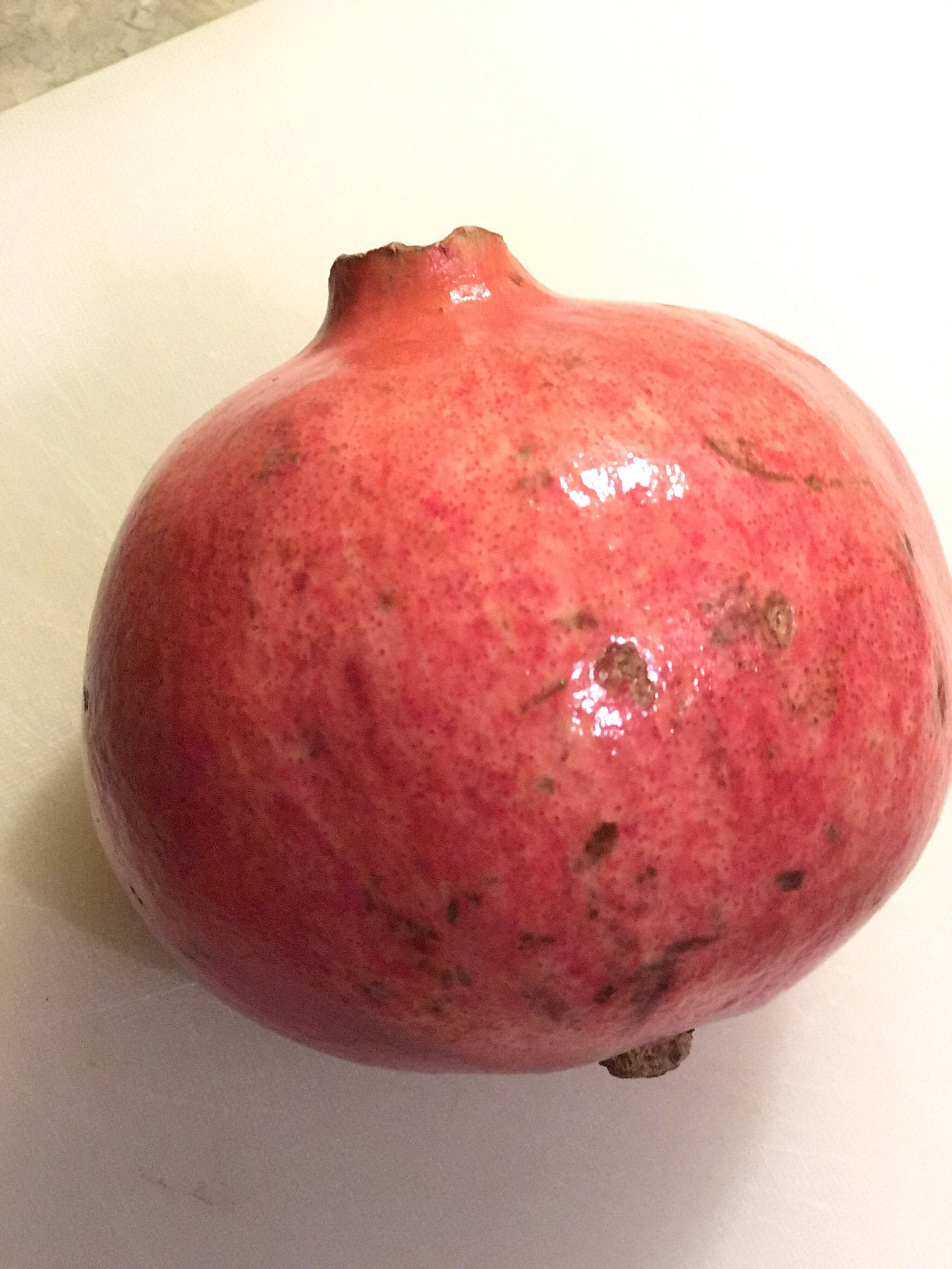
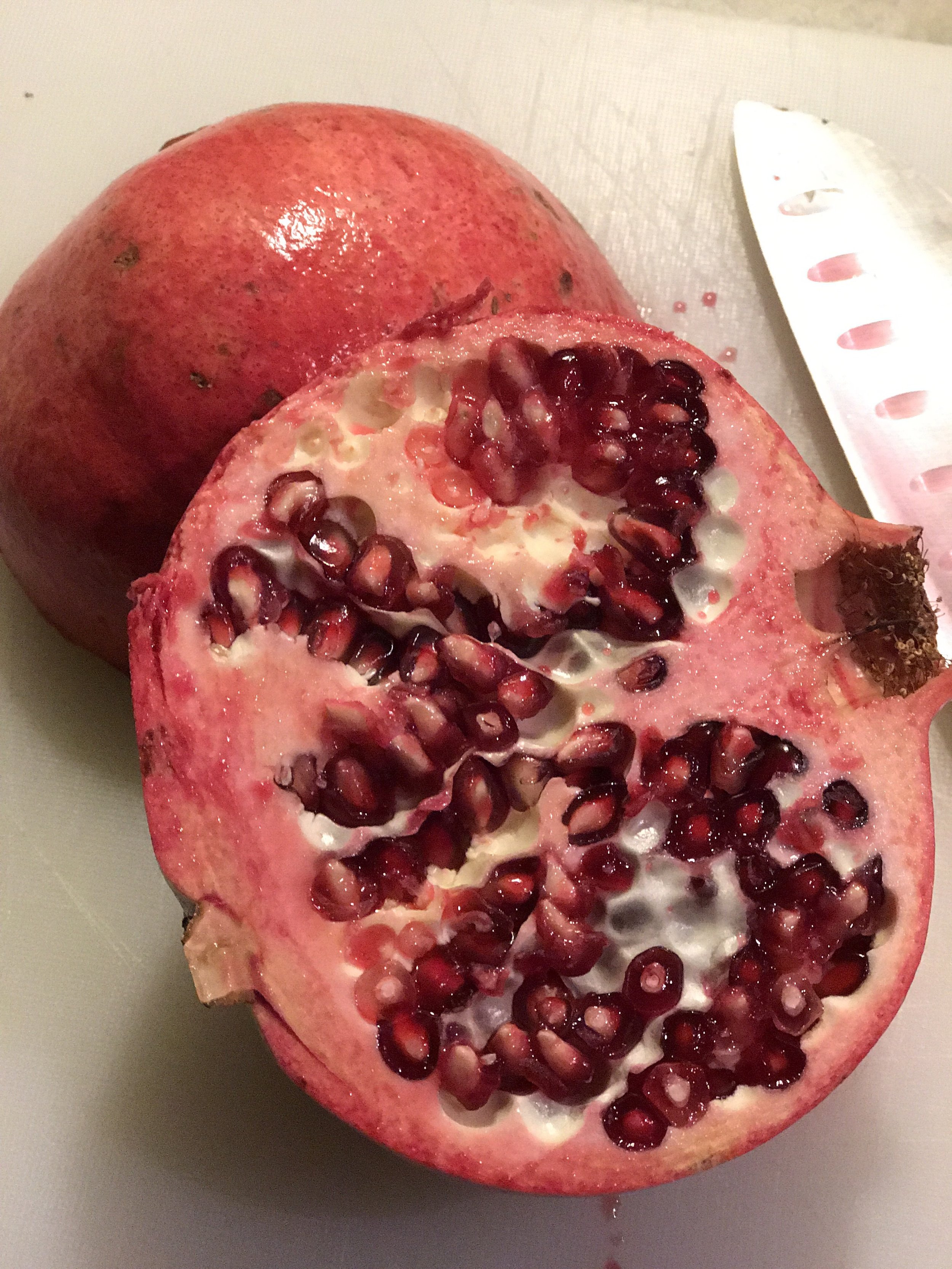
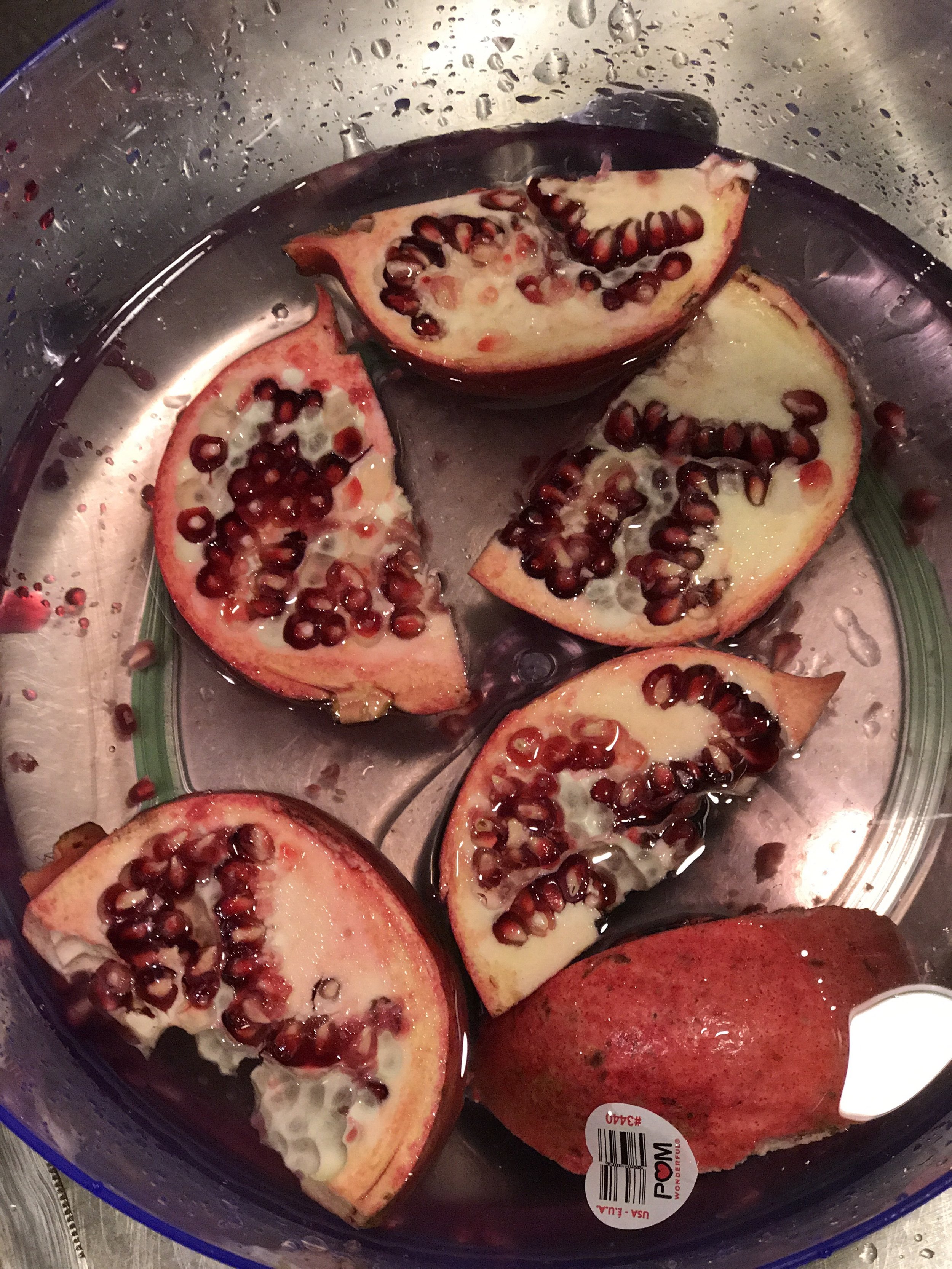
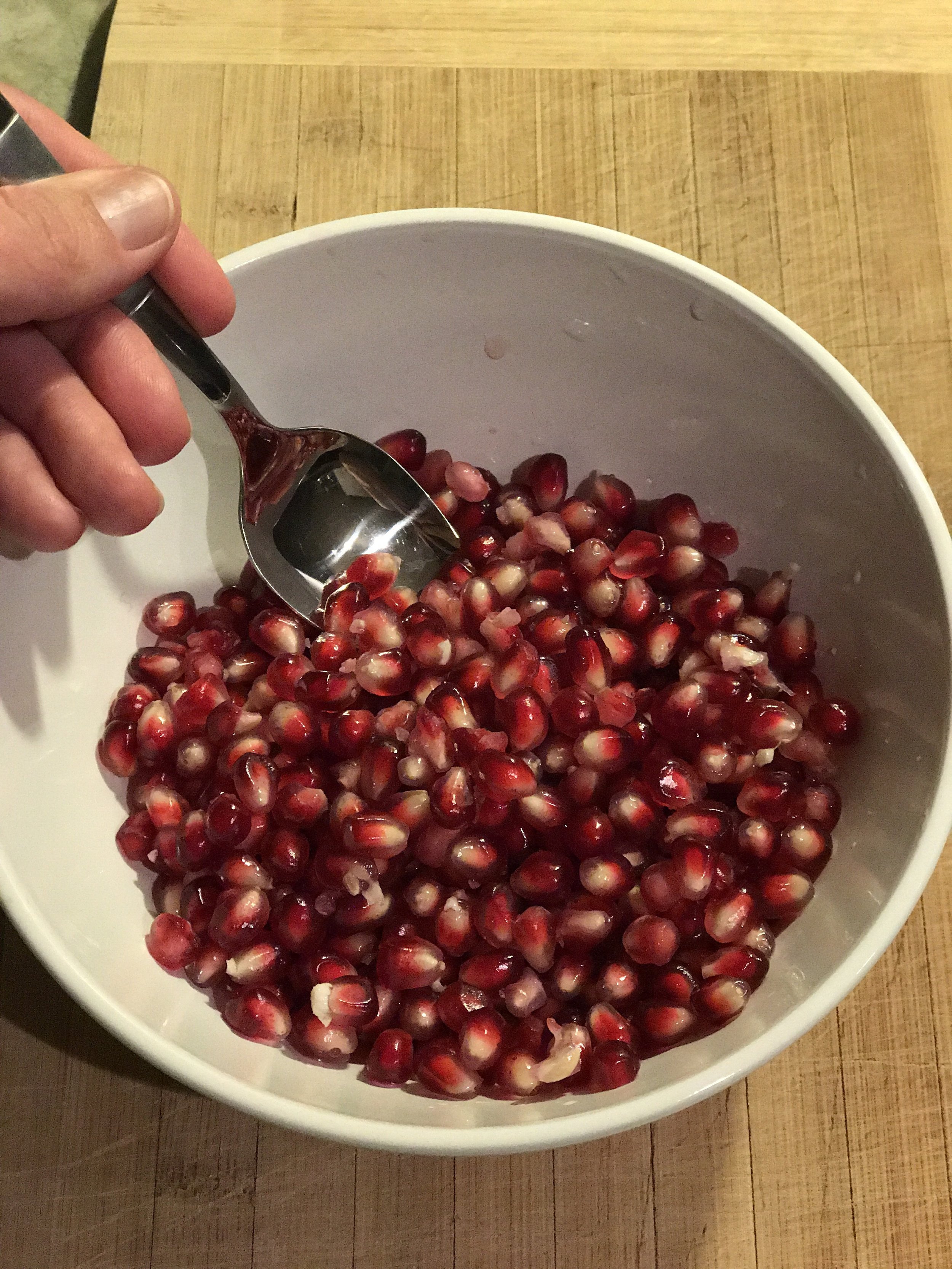
HOW TO DE-SEED A POMEGRANATE
Step 1) Cut the Pom into quarters.
Step 2) Fill a large bowl with cold water, and begin to "break" apart the Pom while submerged.
Step 3) Separate the skin and rind from the seeds (the seeds sink and the rest will float).
Step 4) Drain water and ENJOY.
Step 5) Make a delicious pomegranate cocktail, salad, or smoothie. (OPTIONAL)
